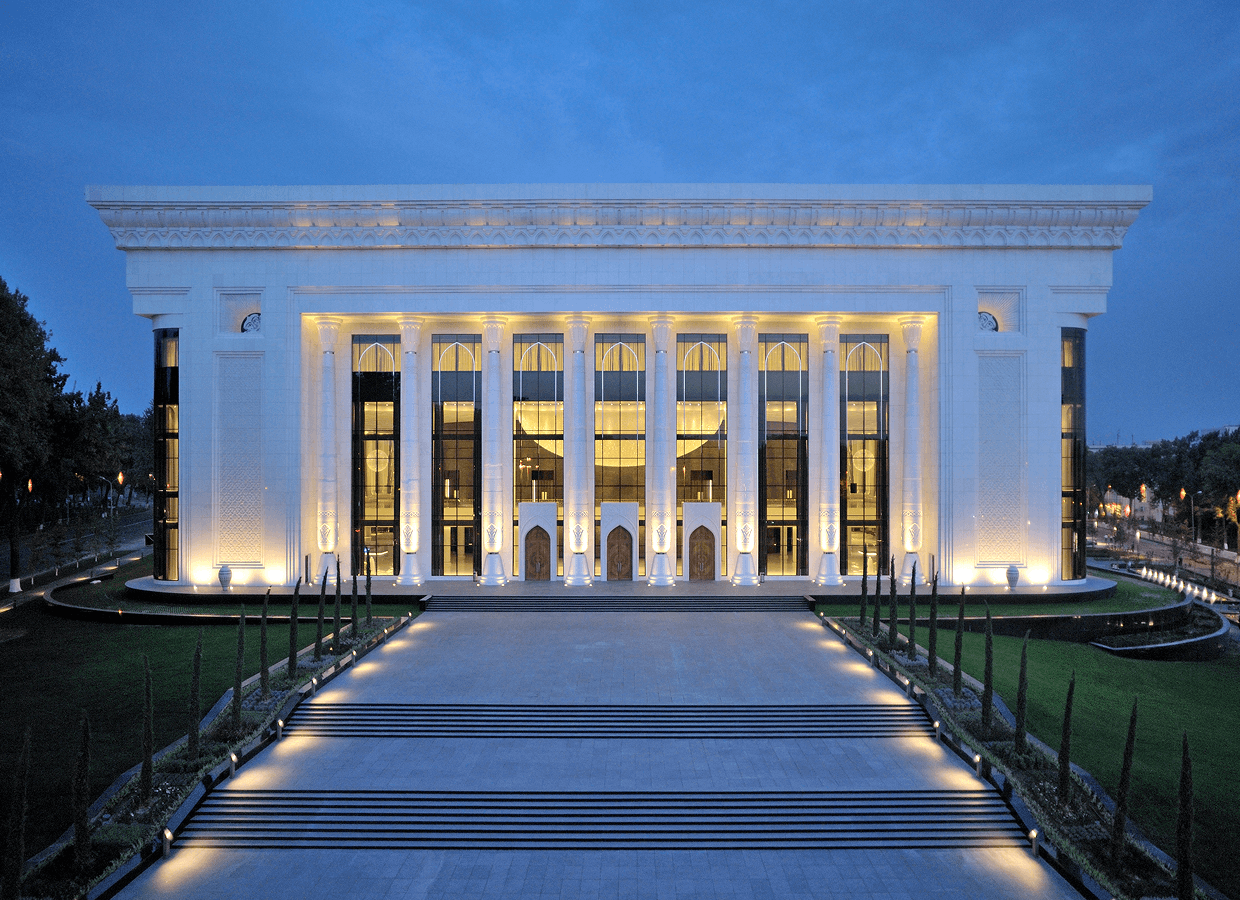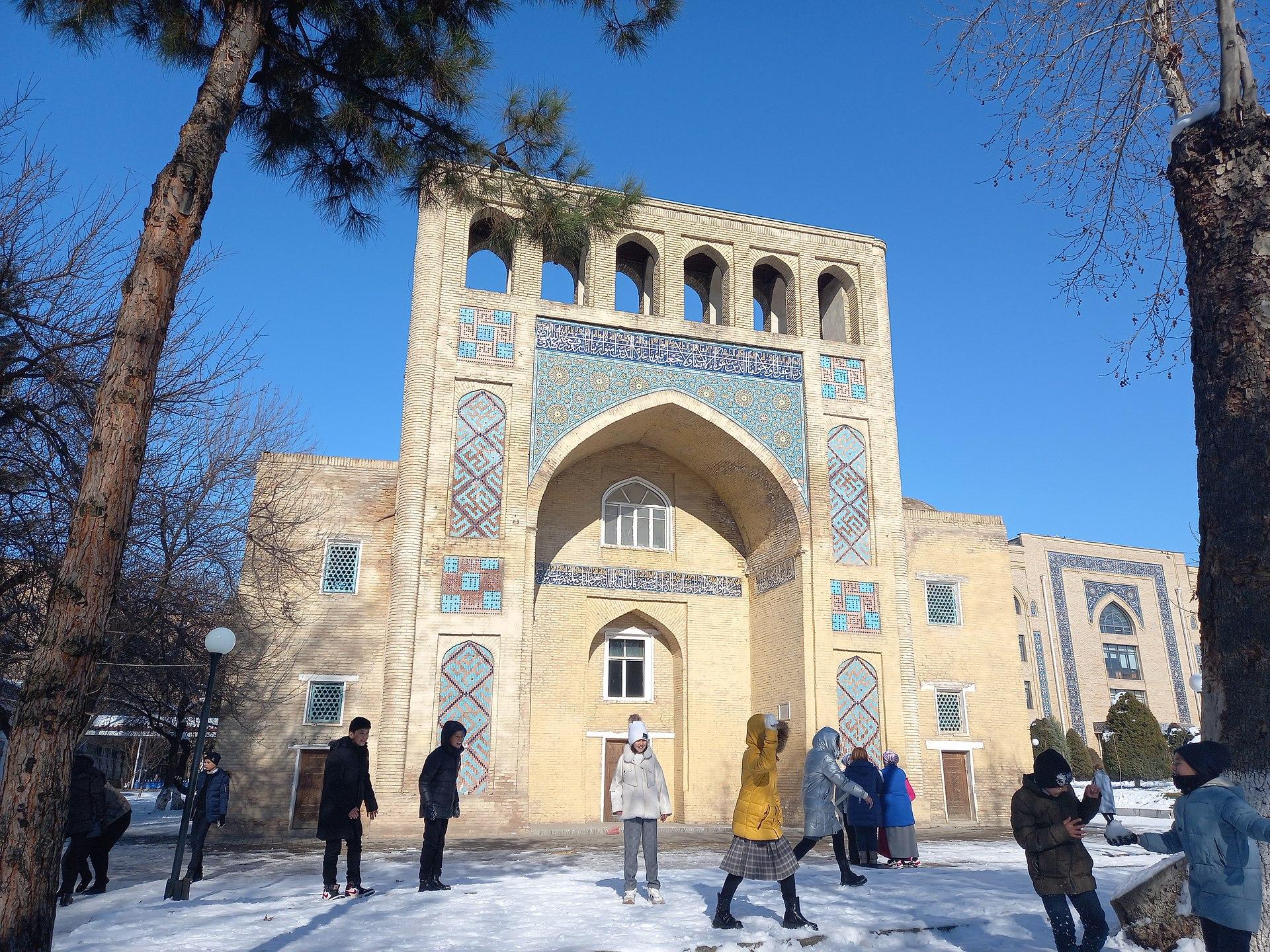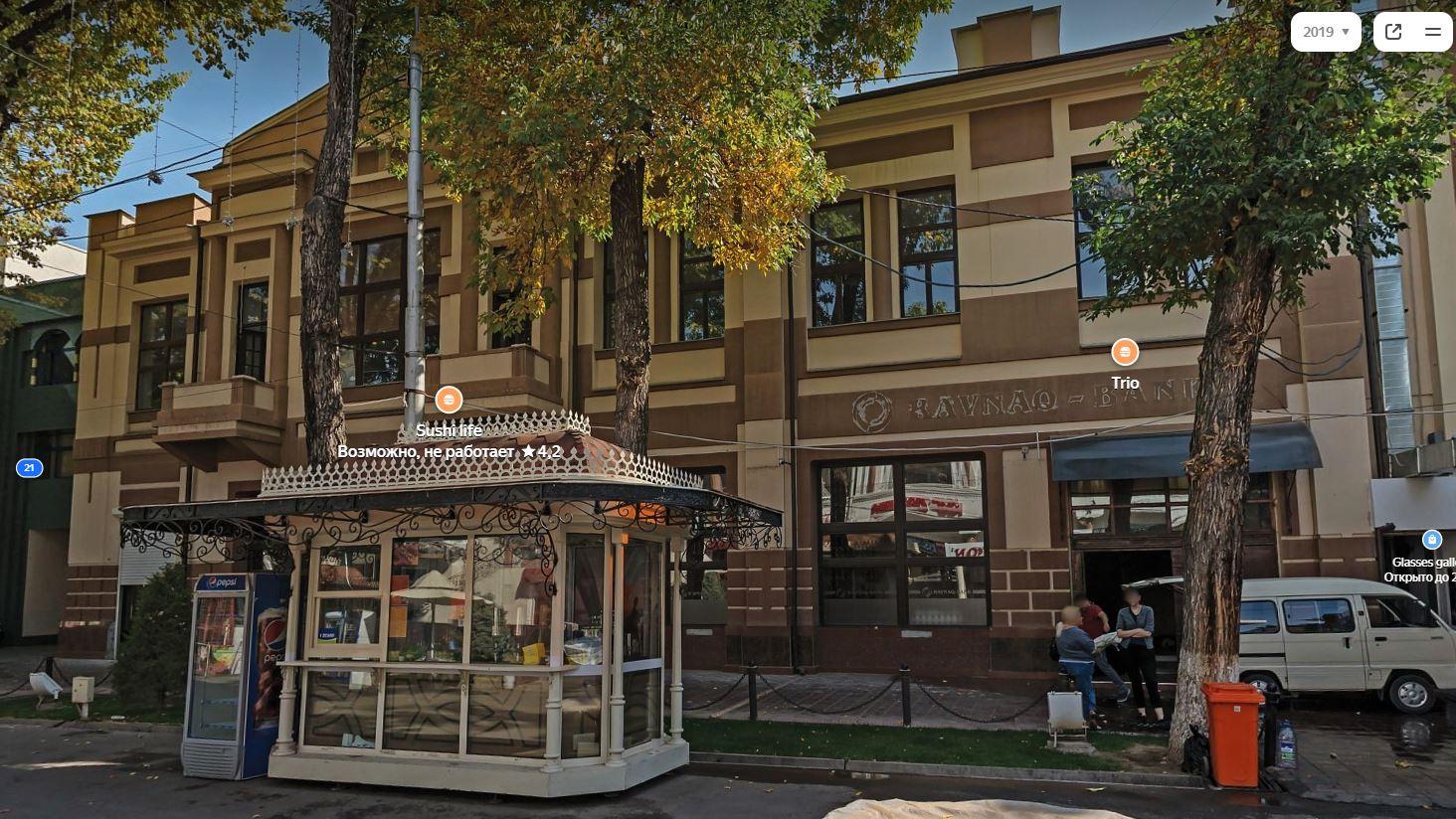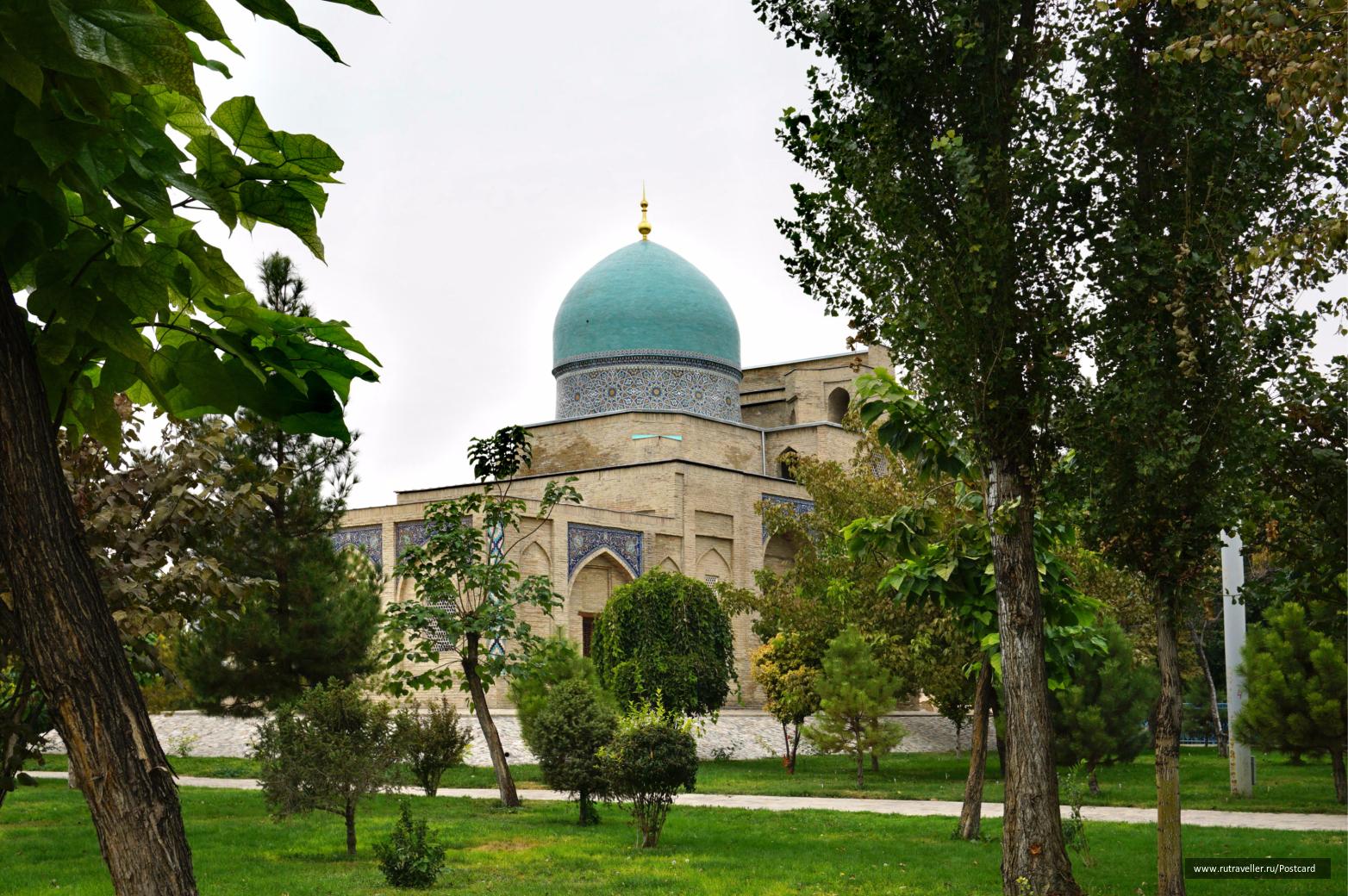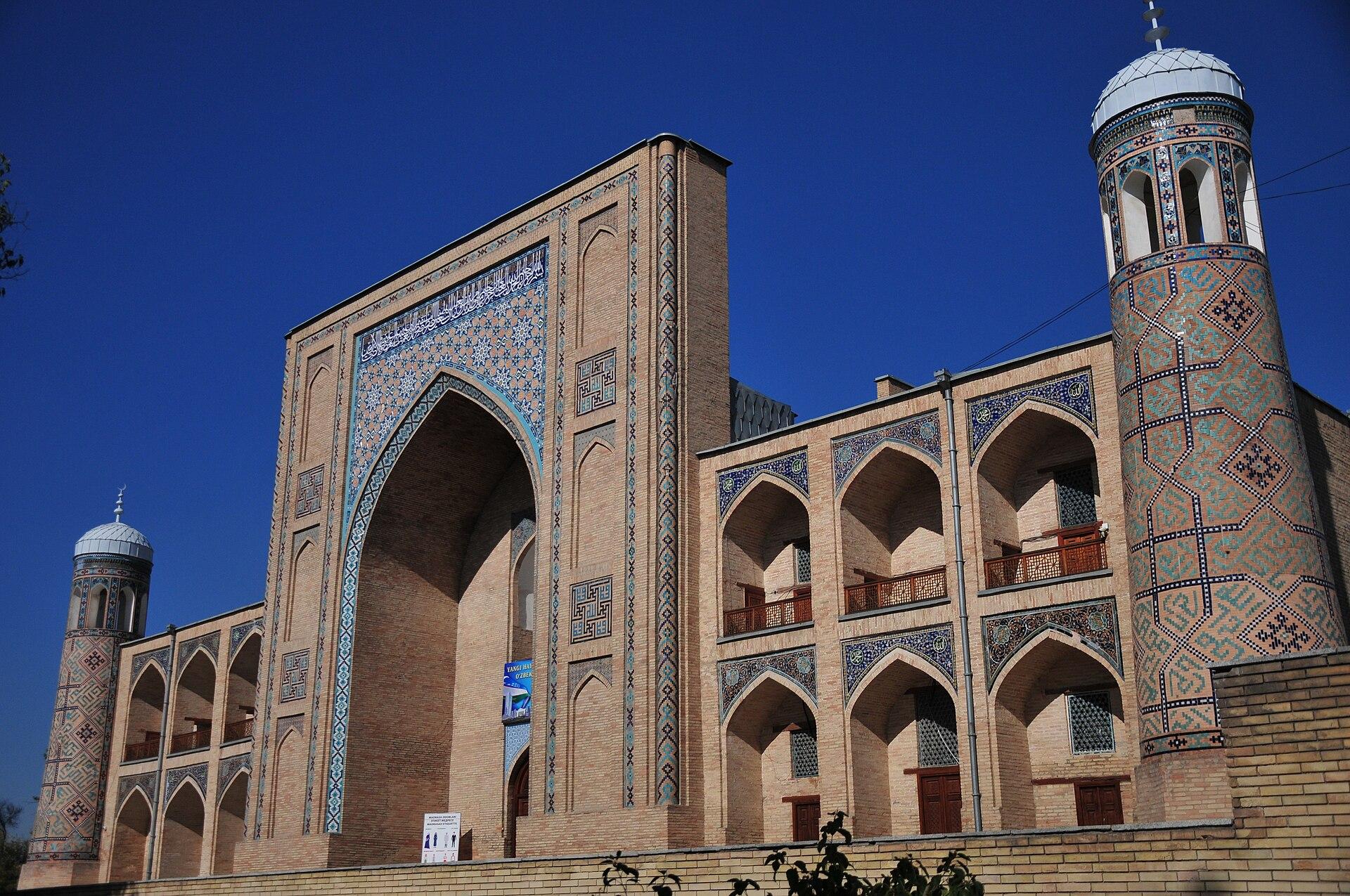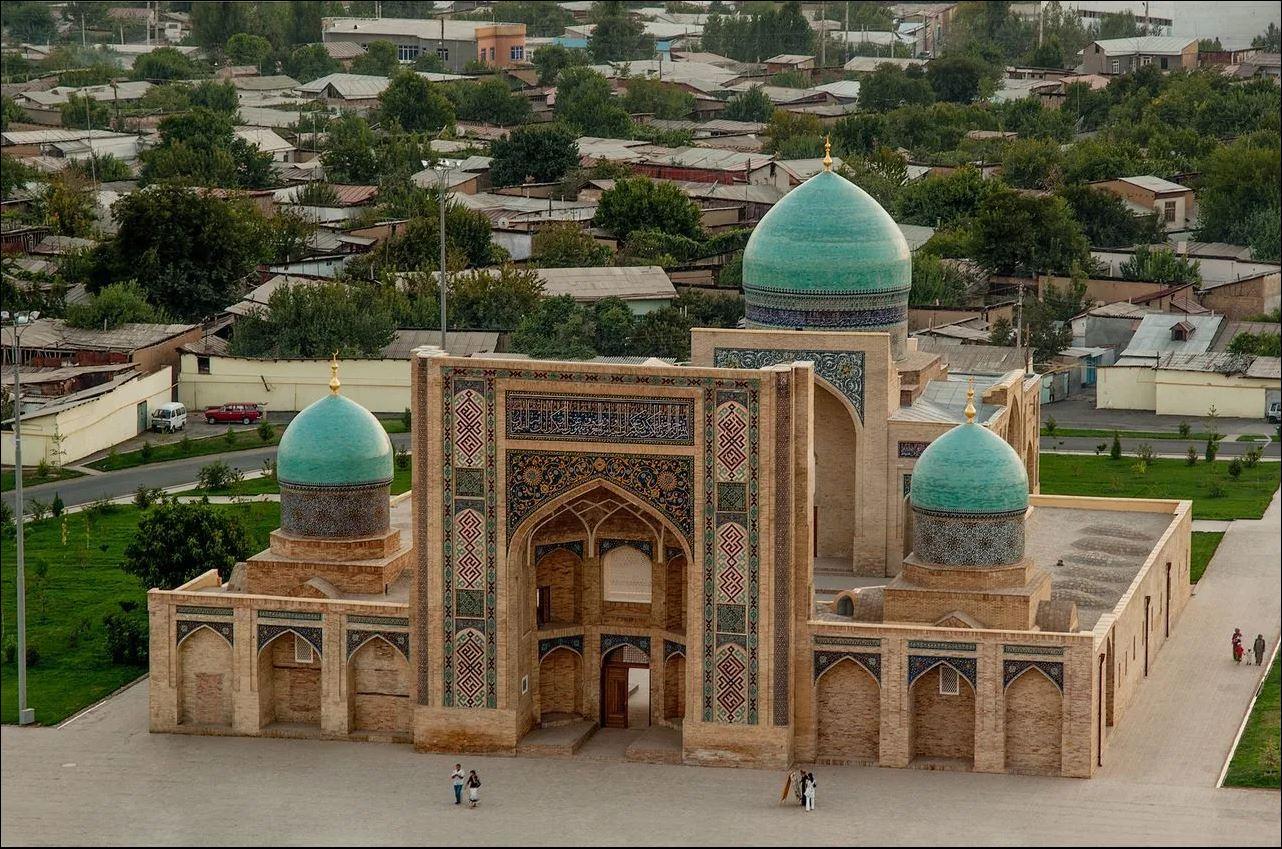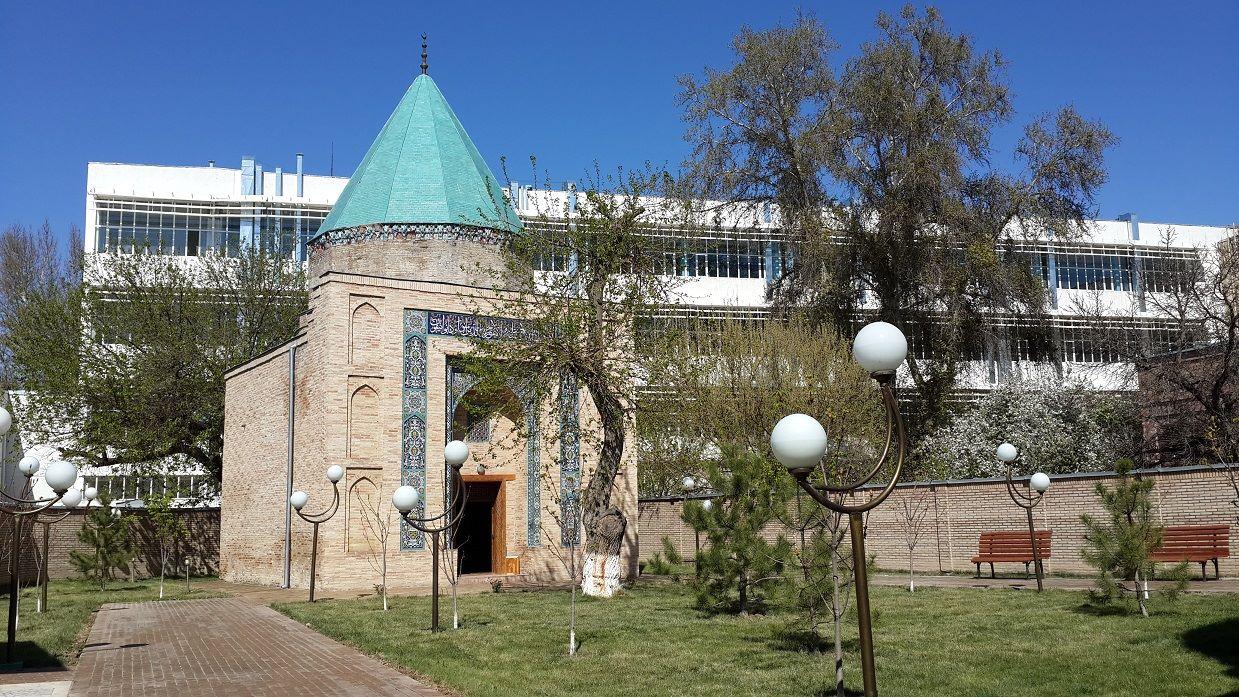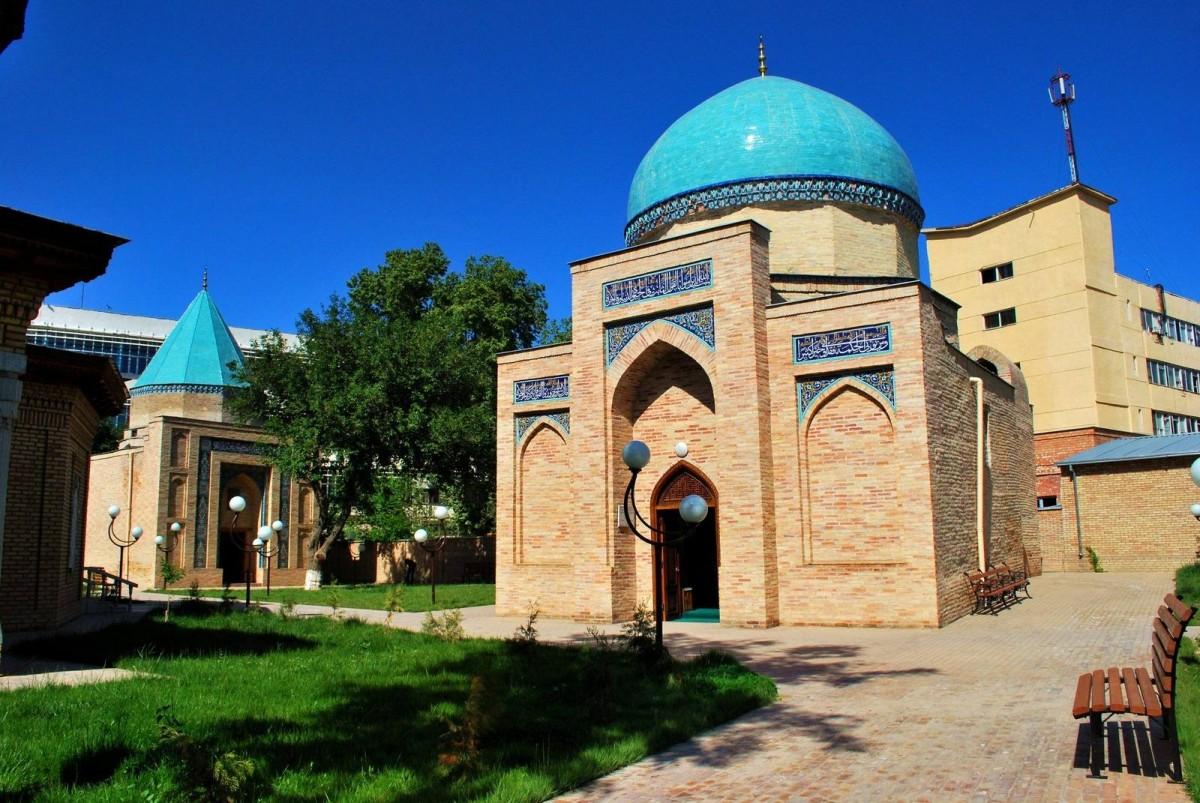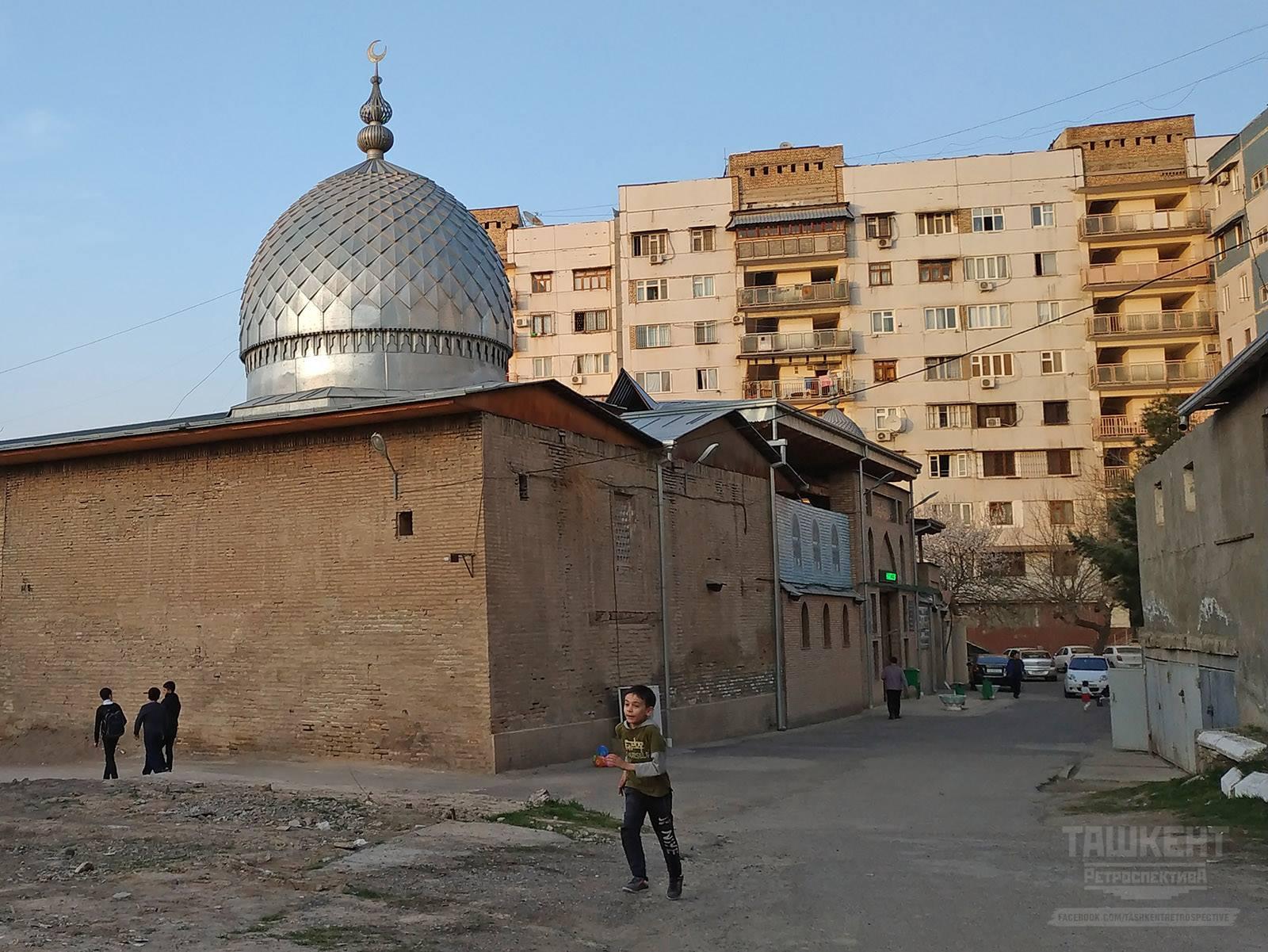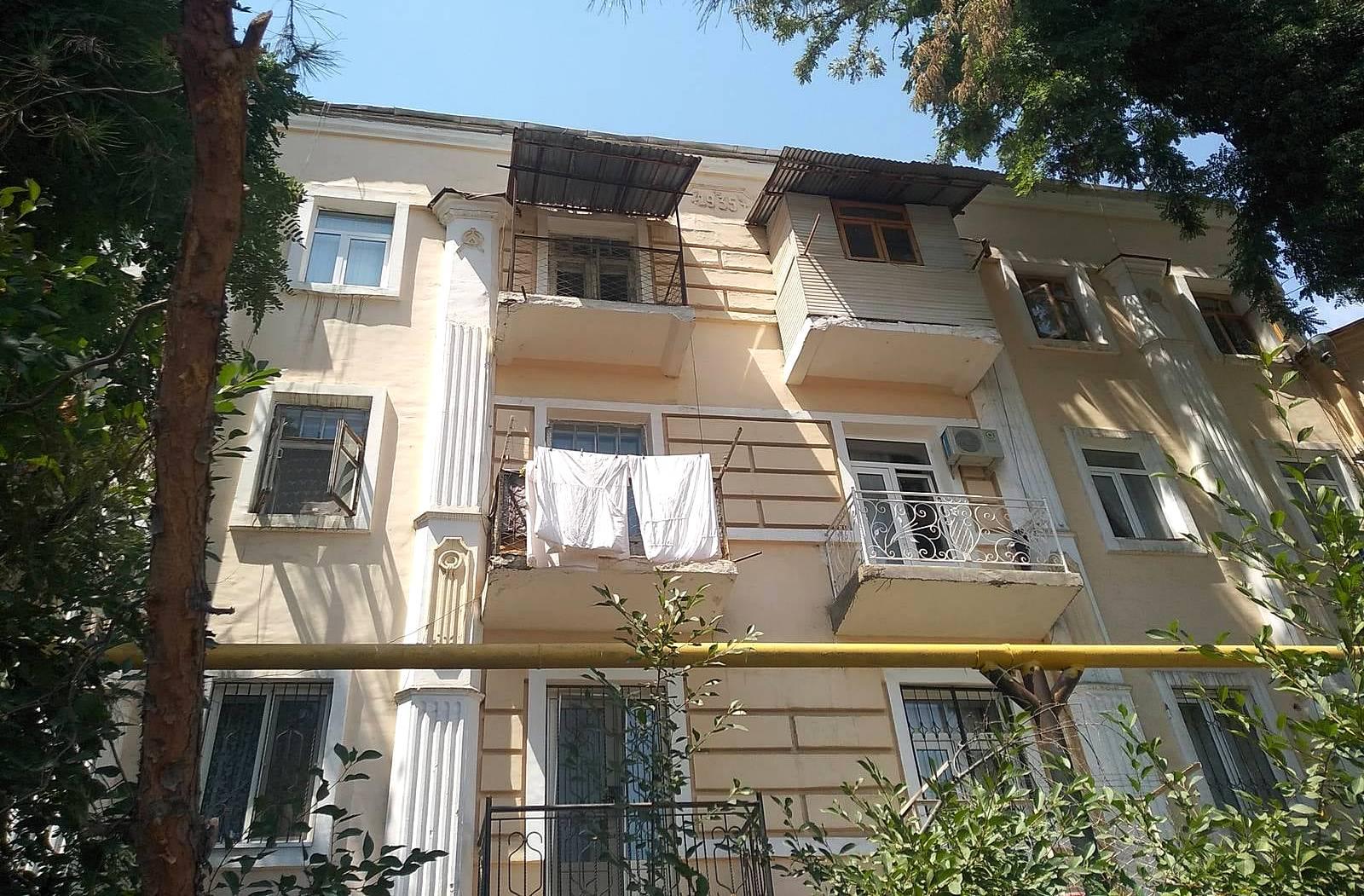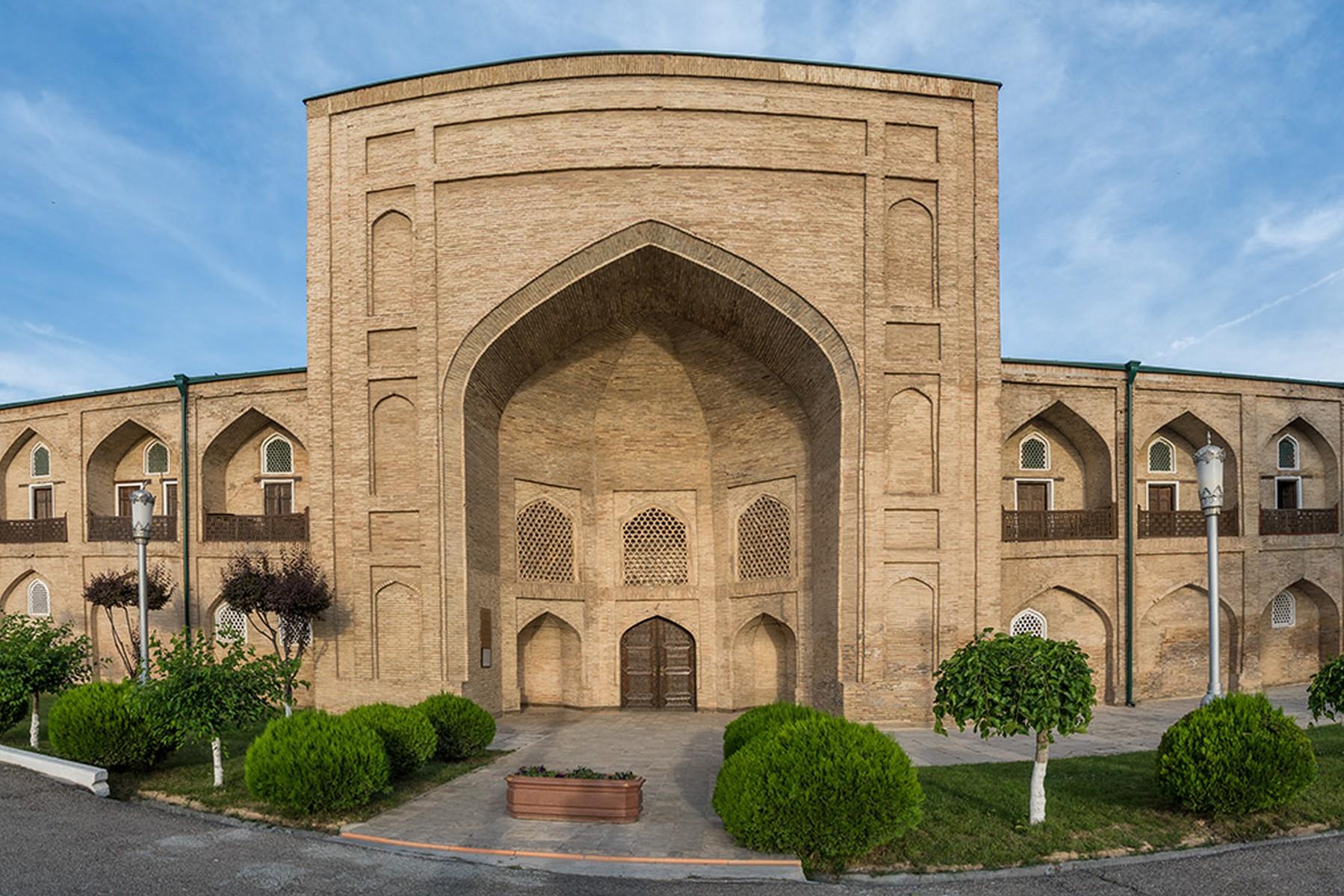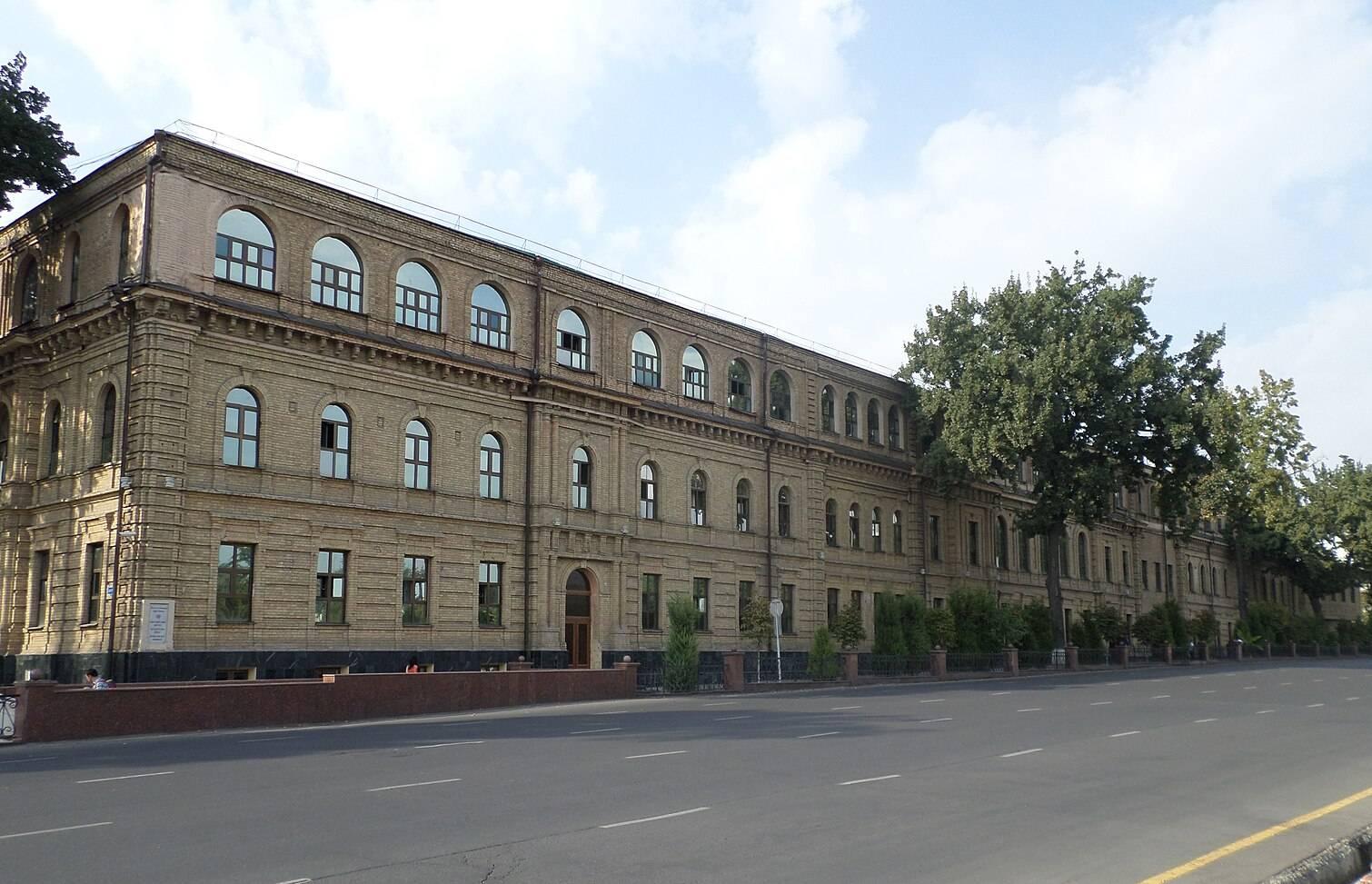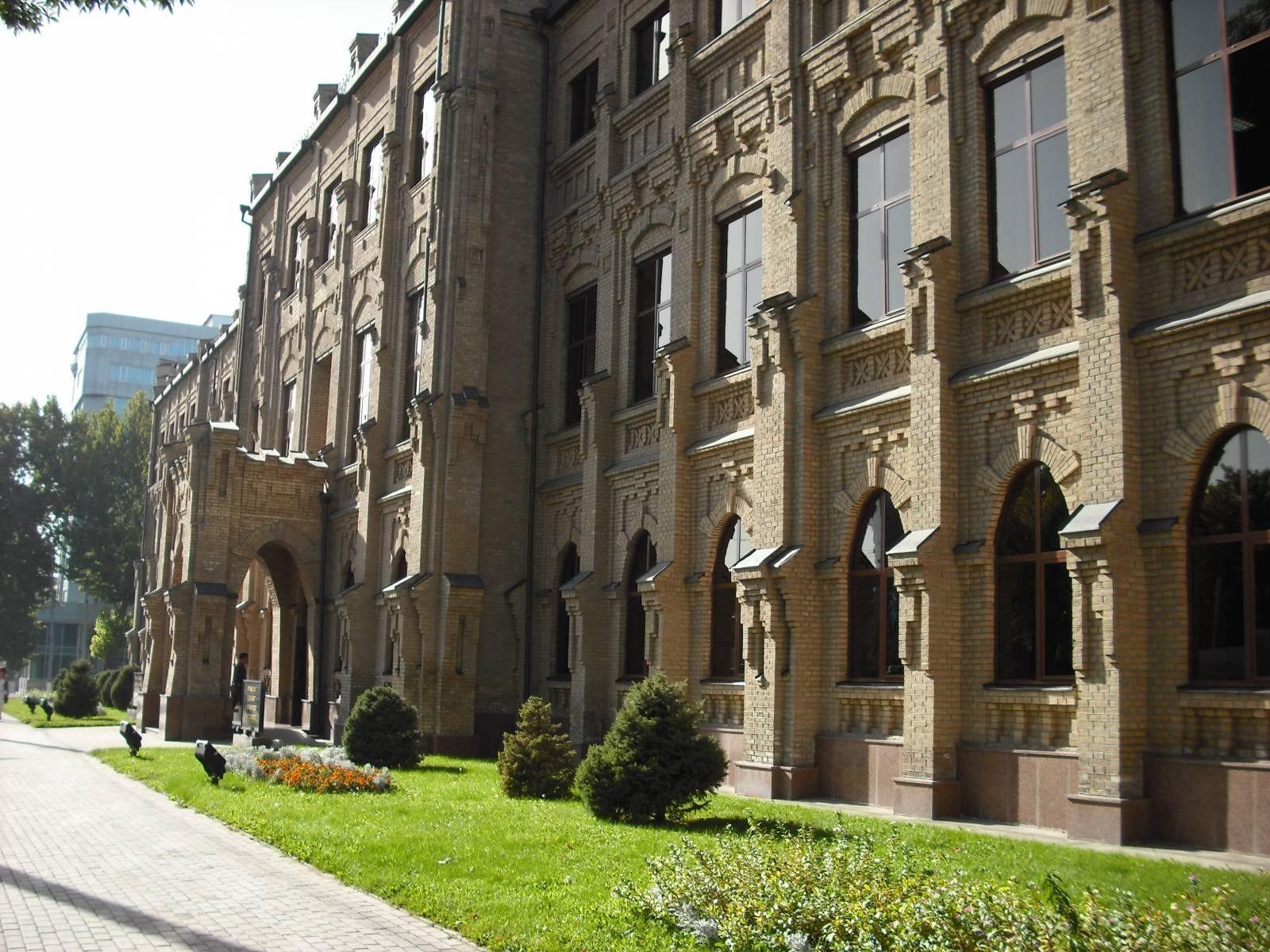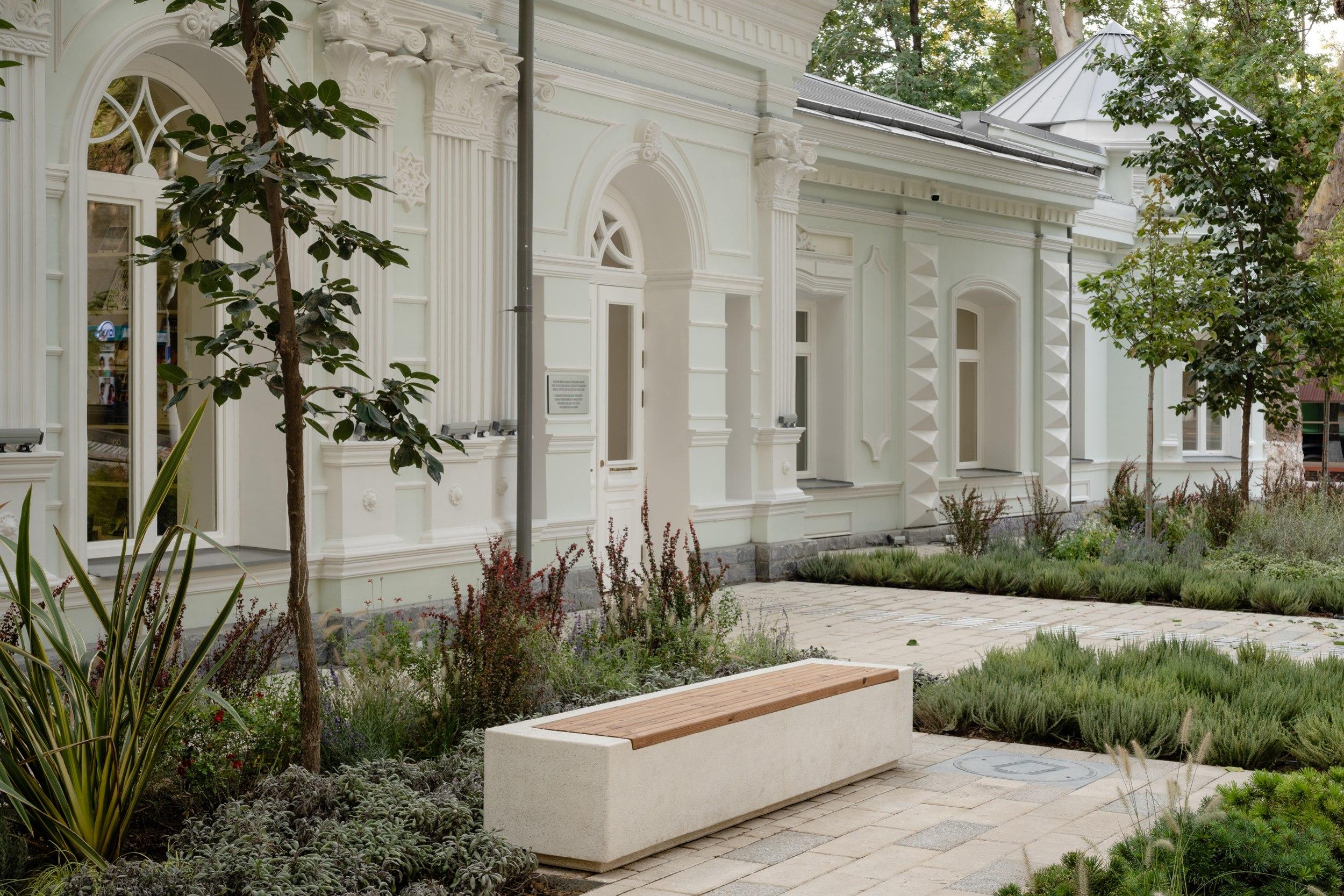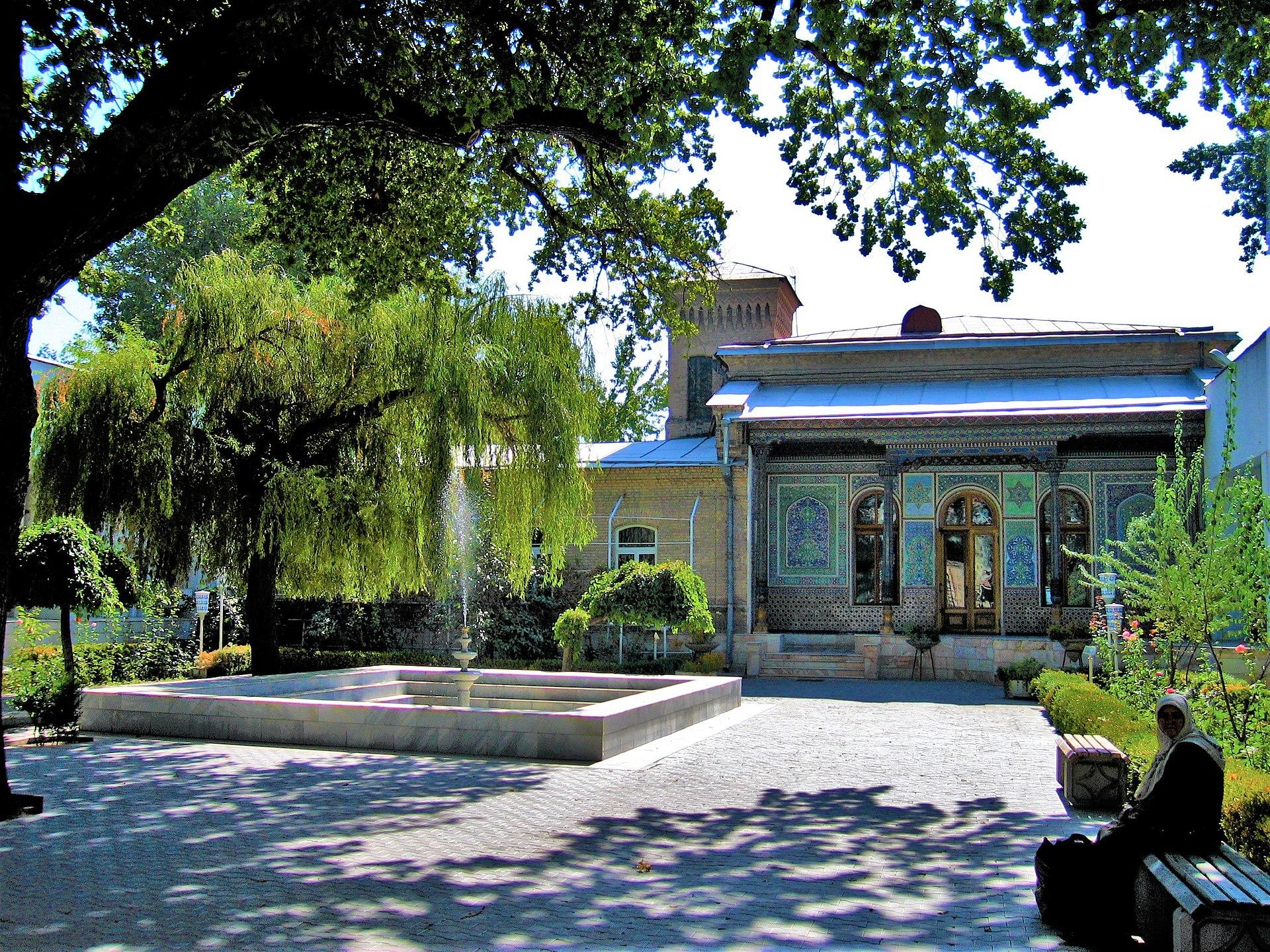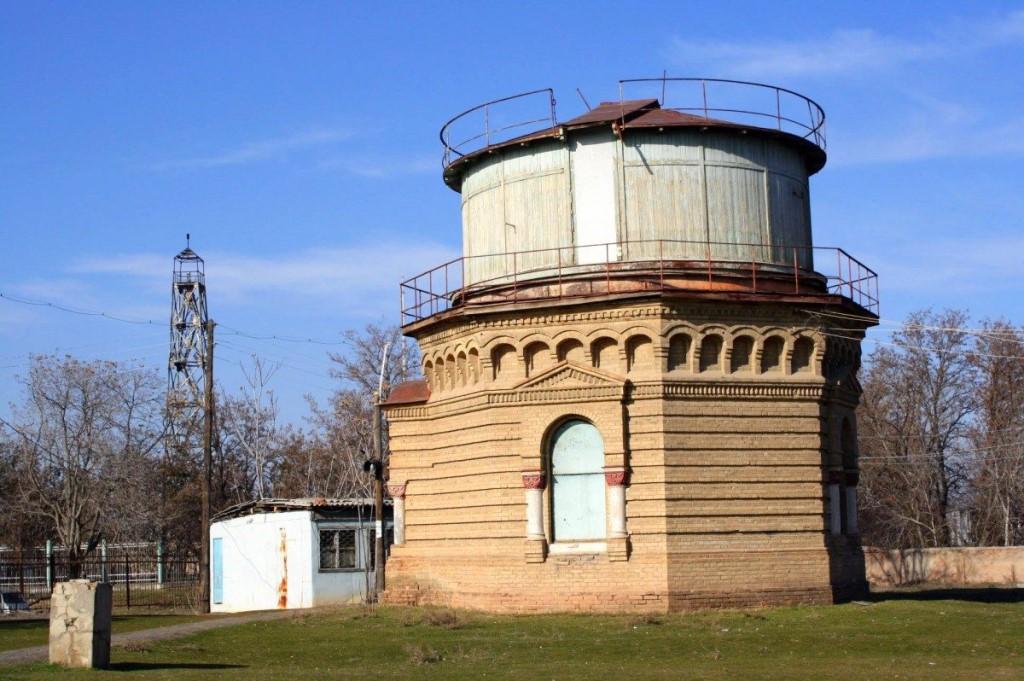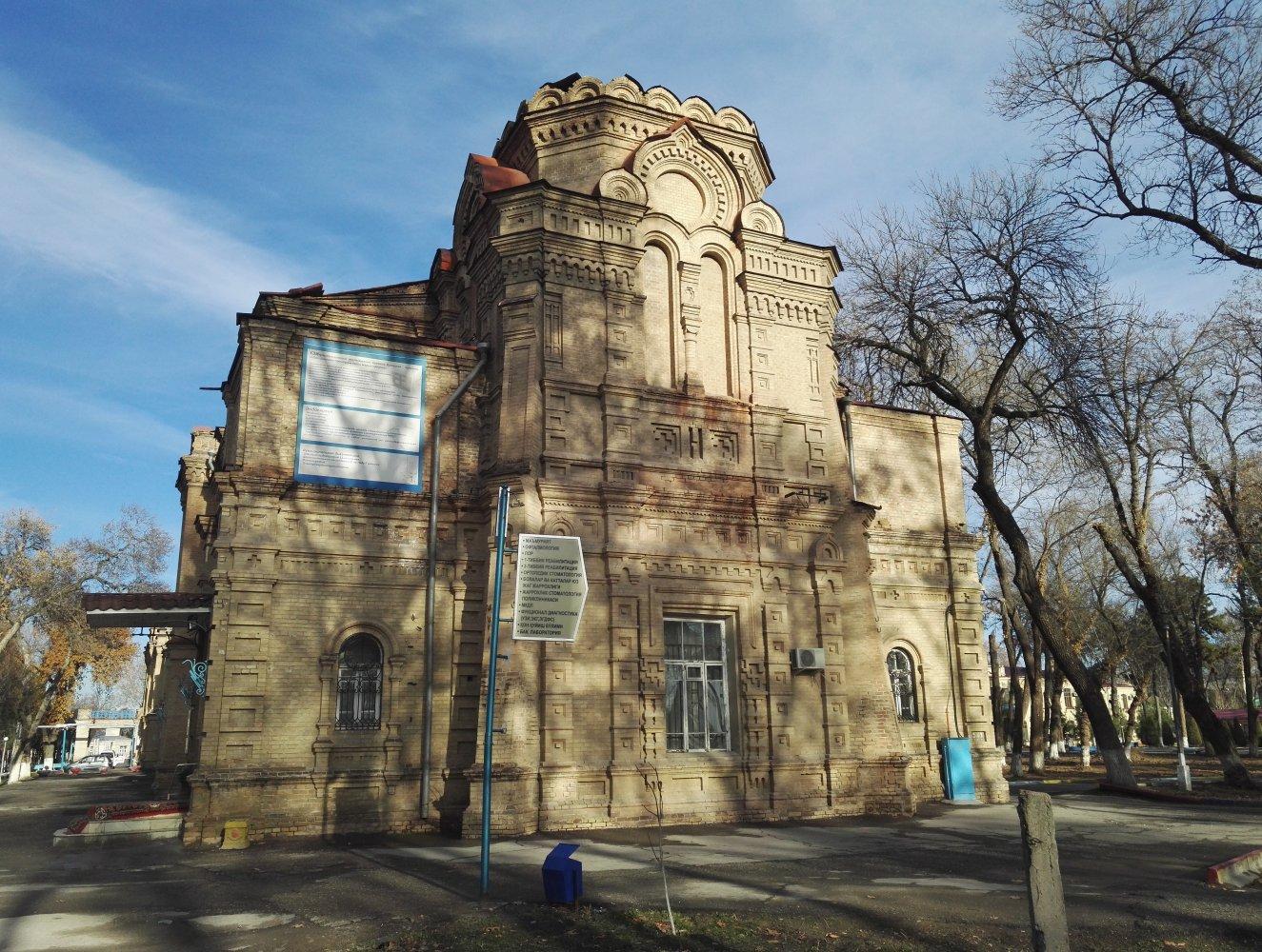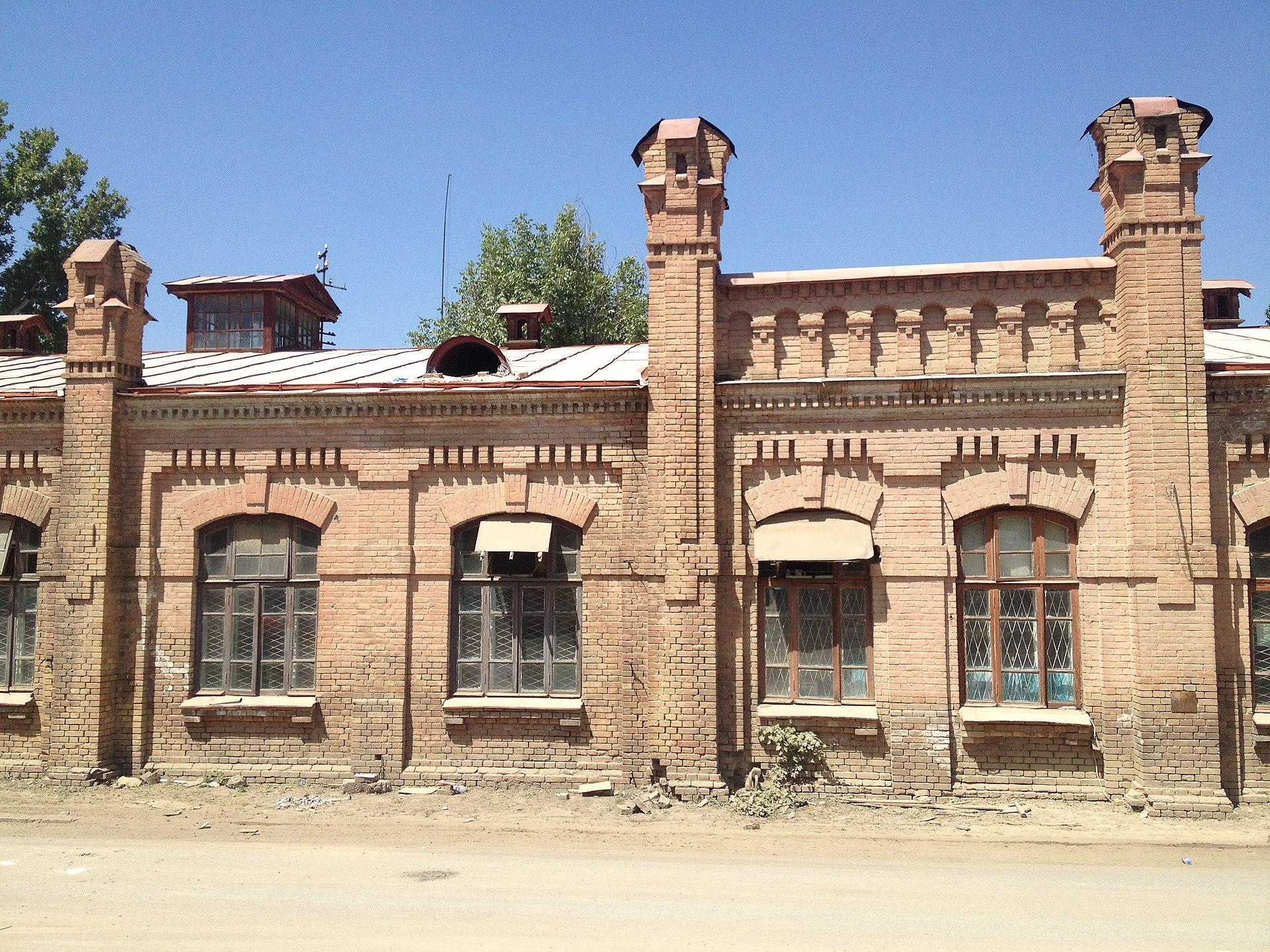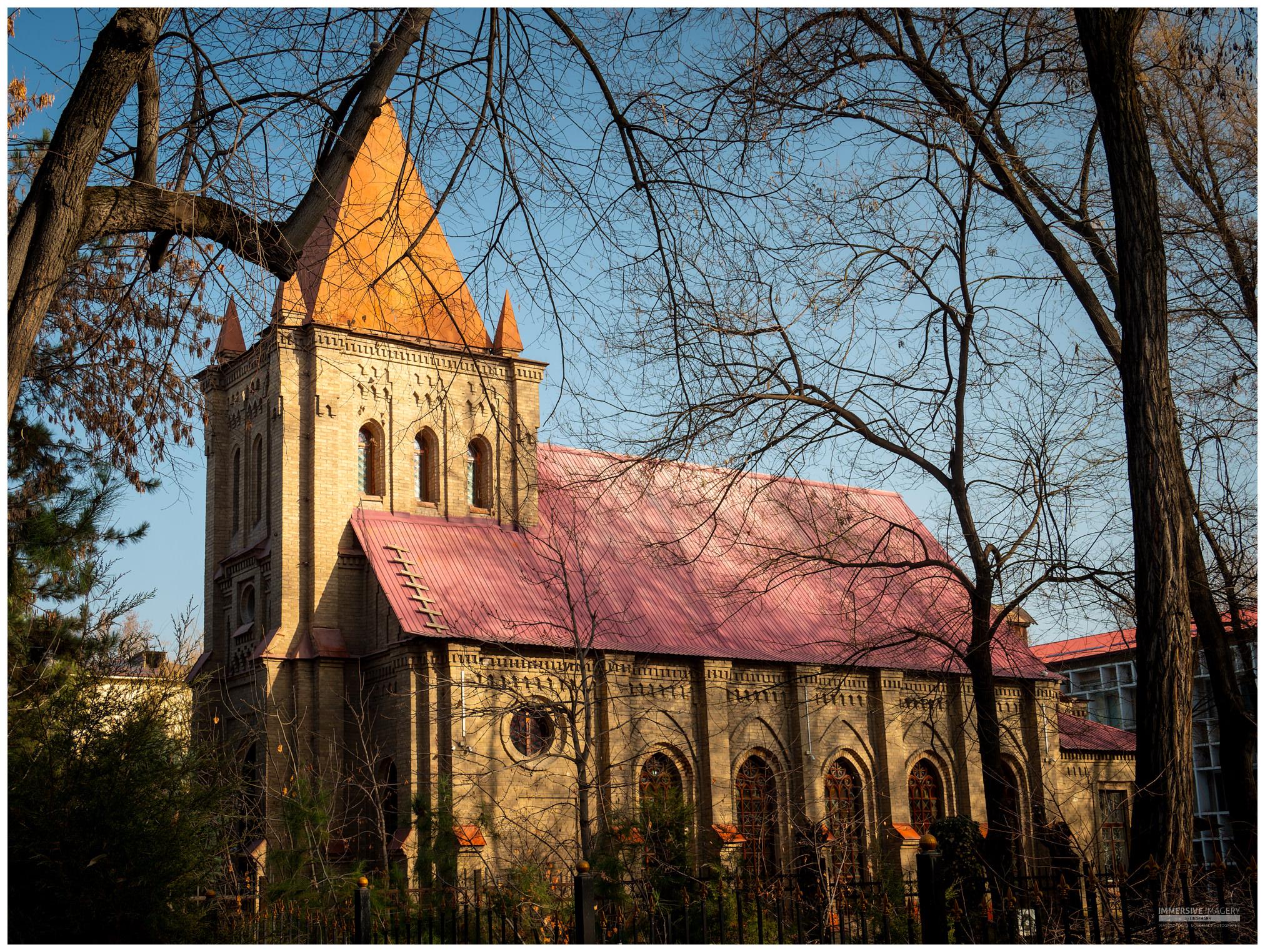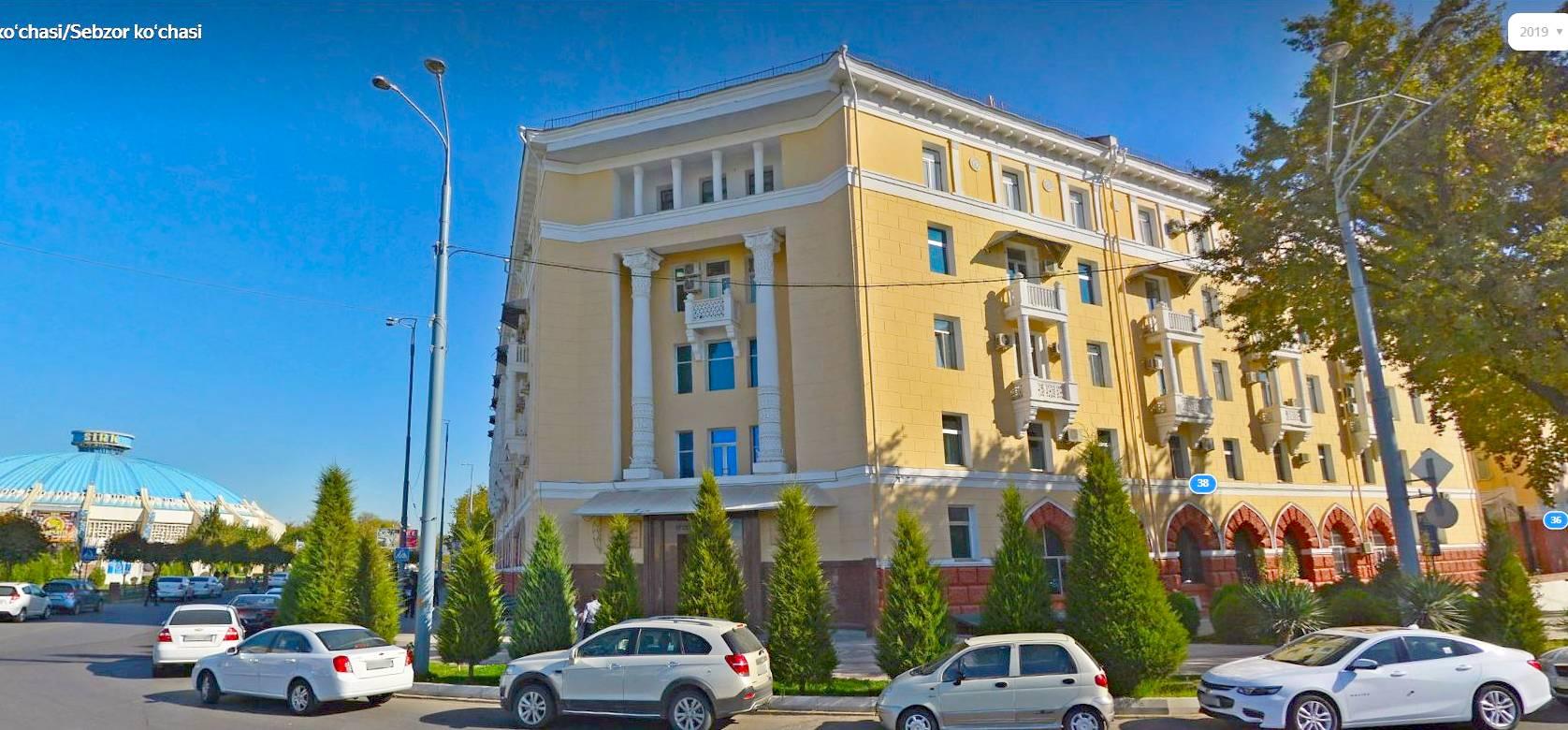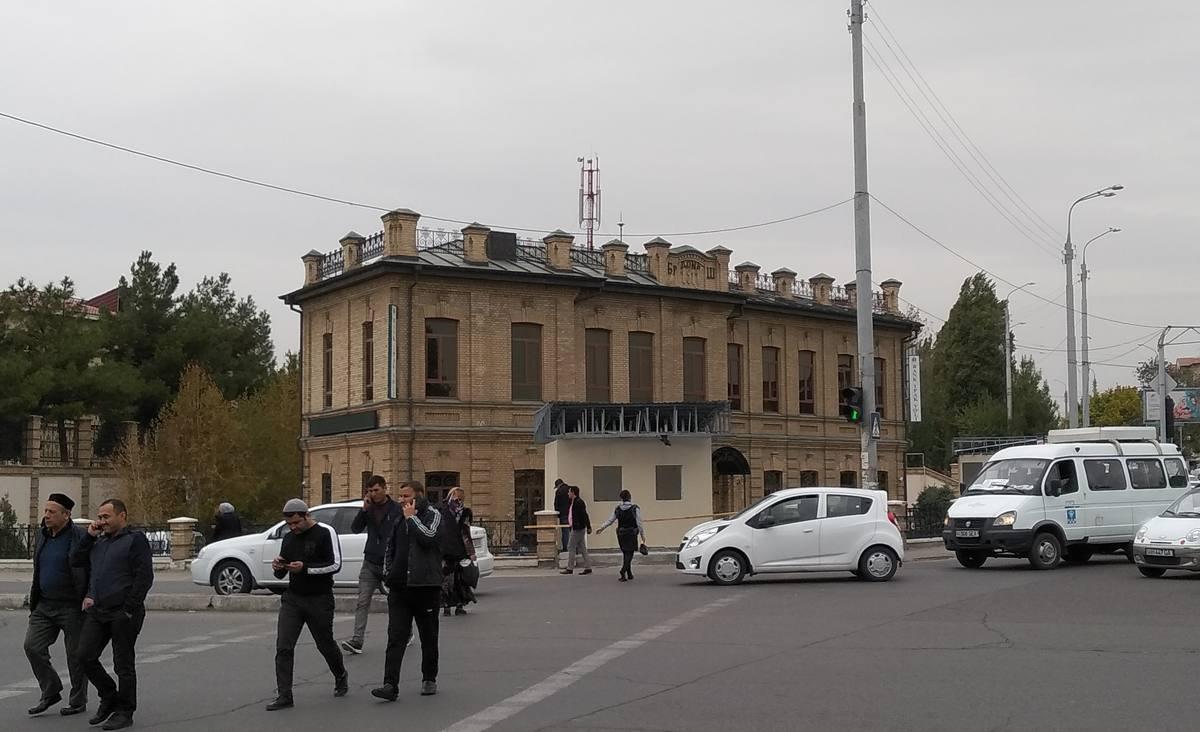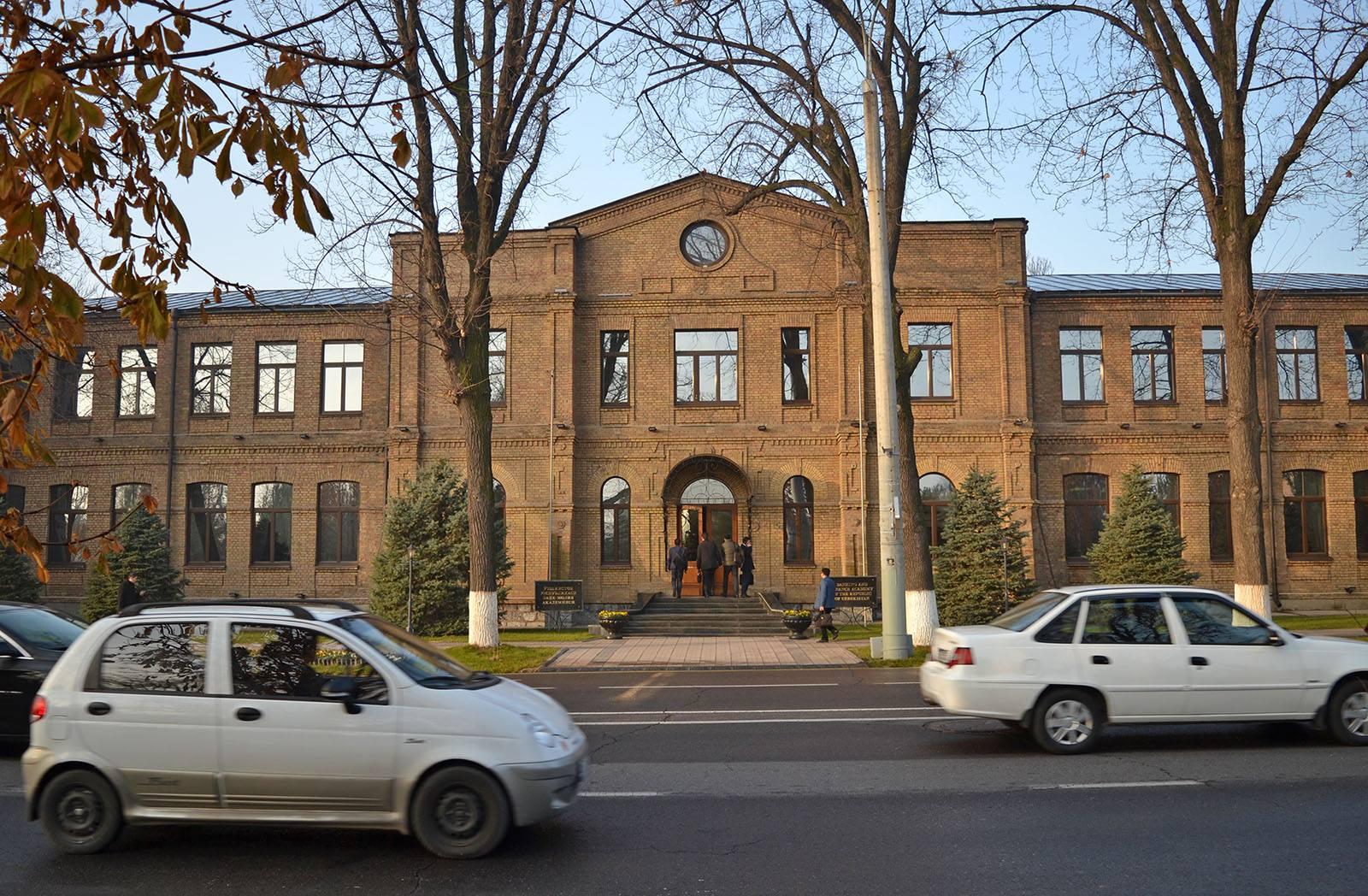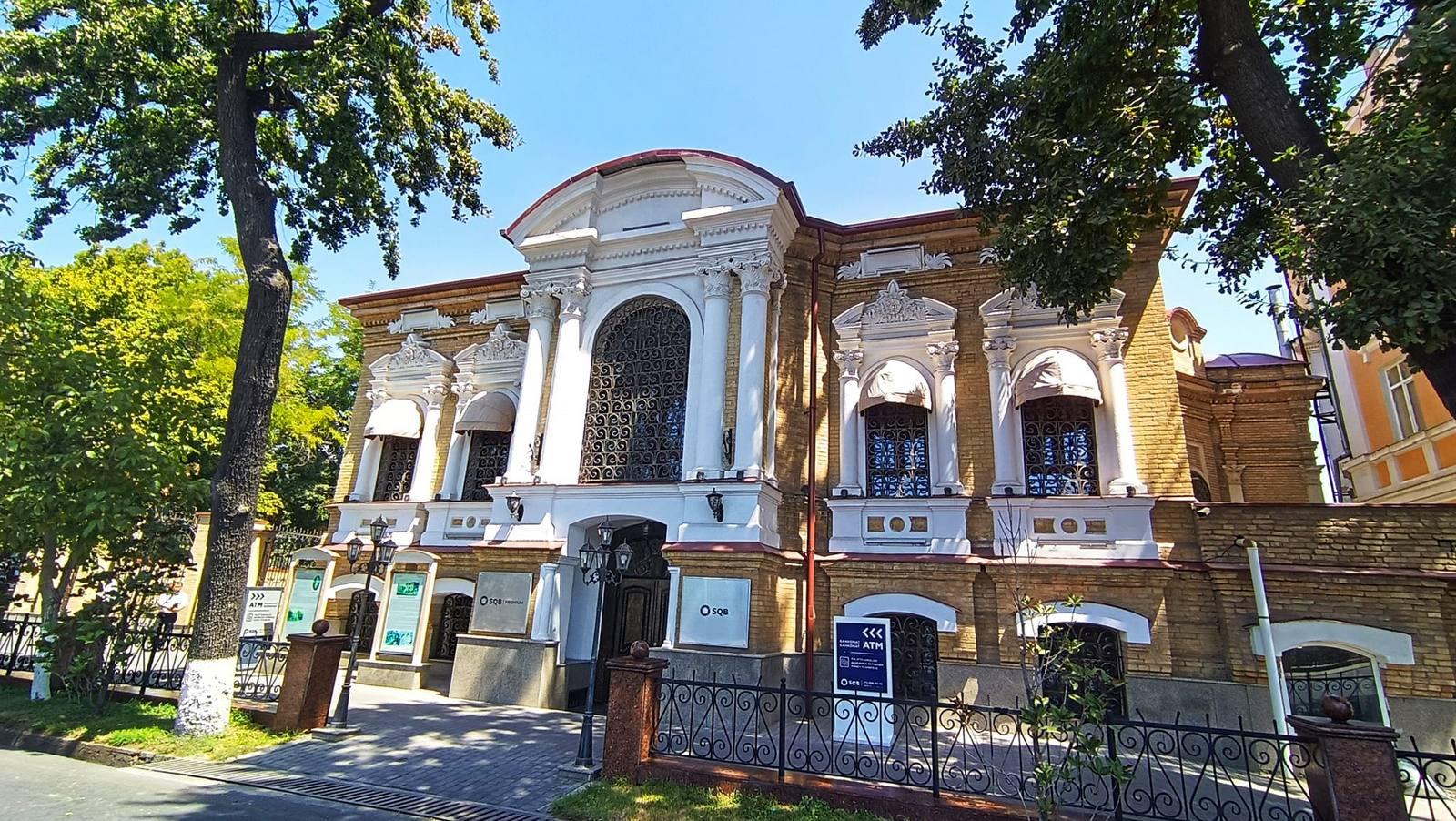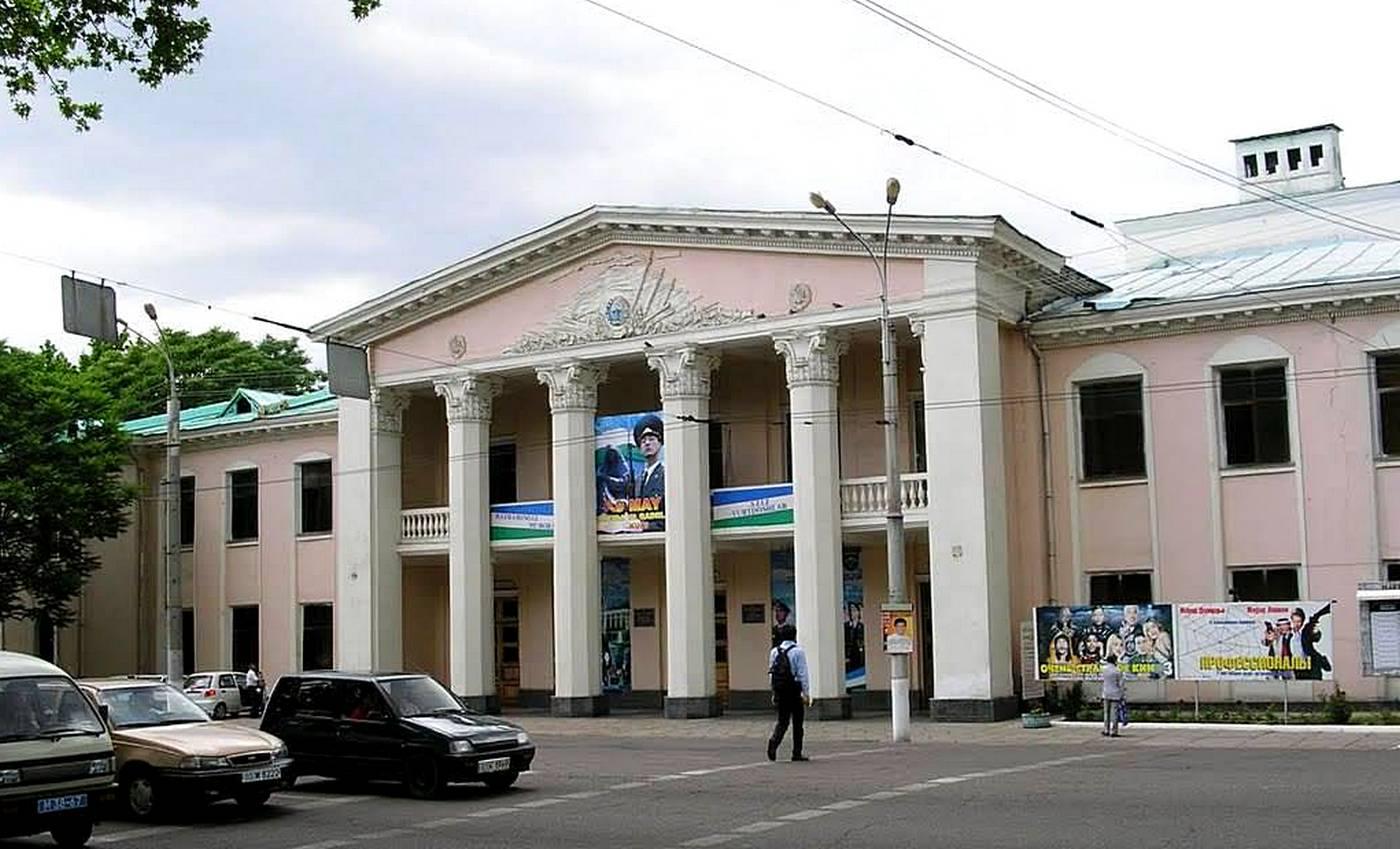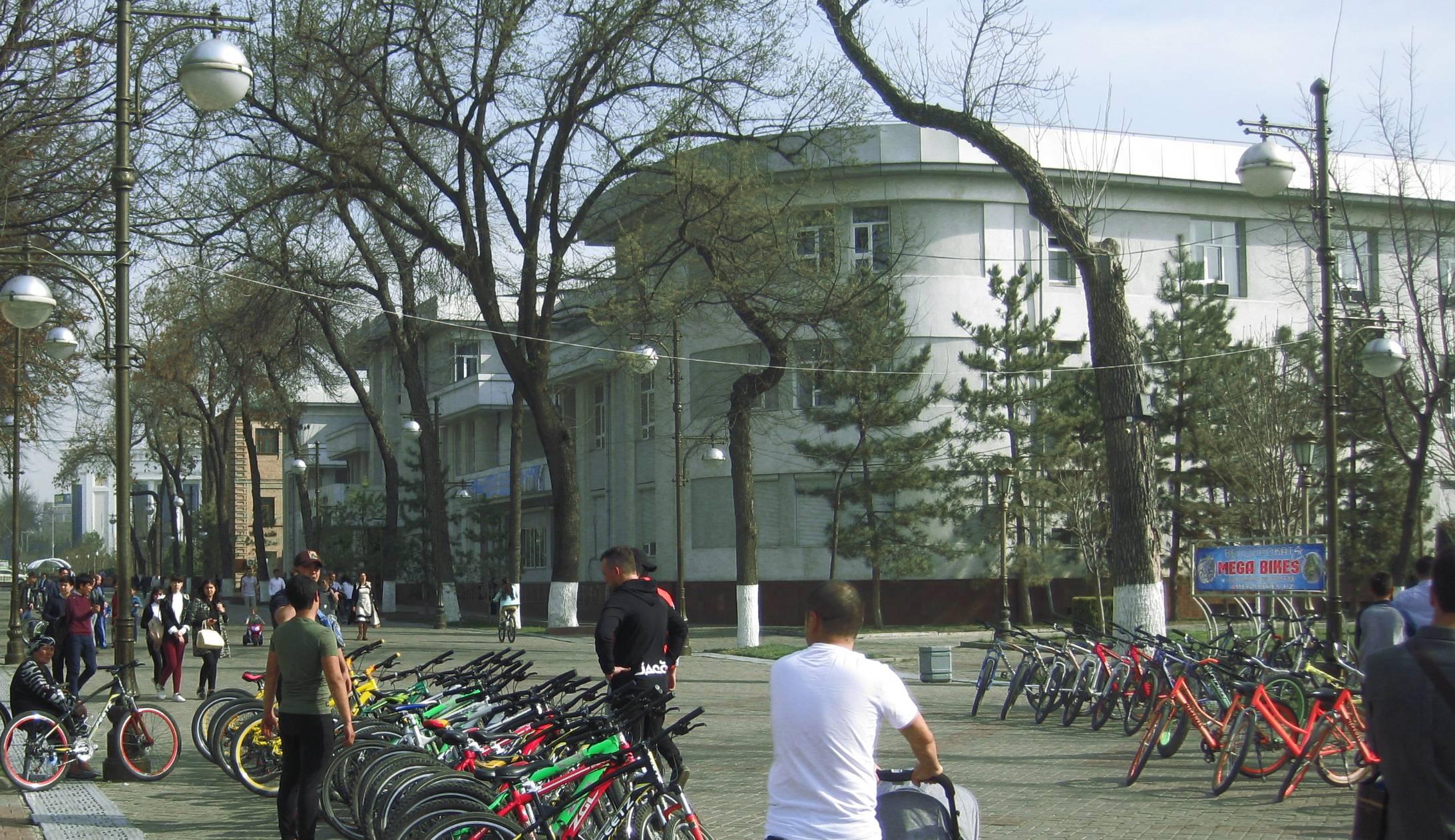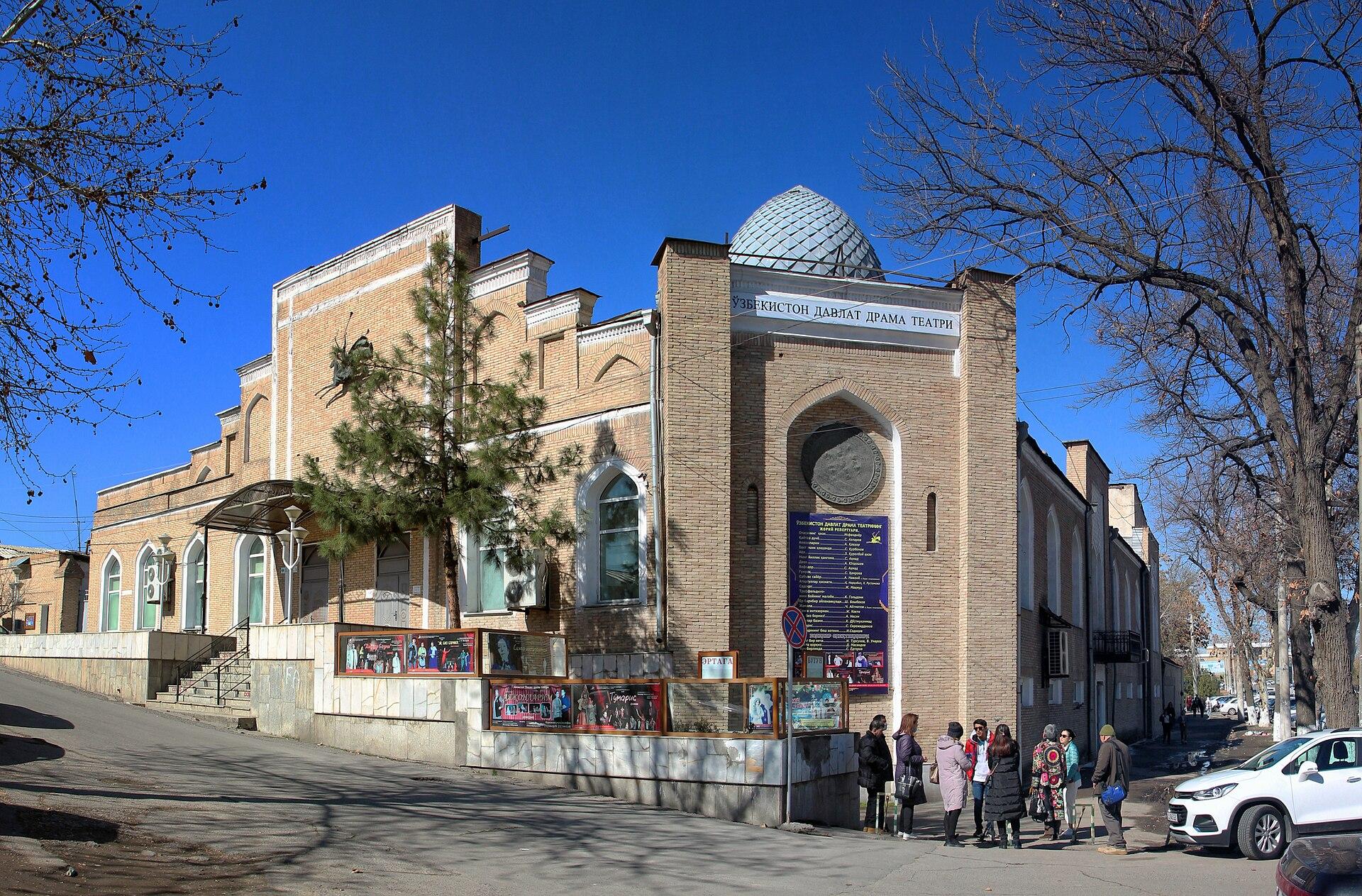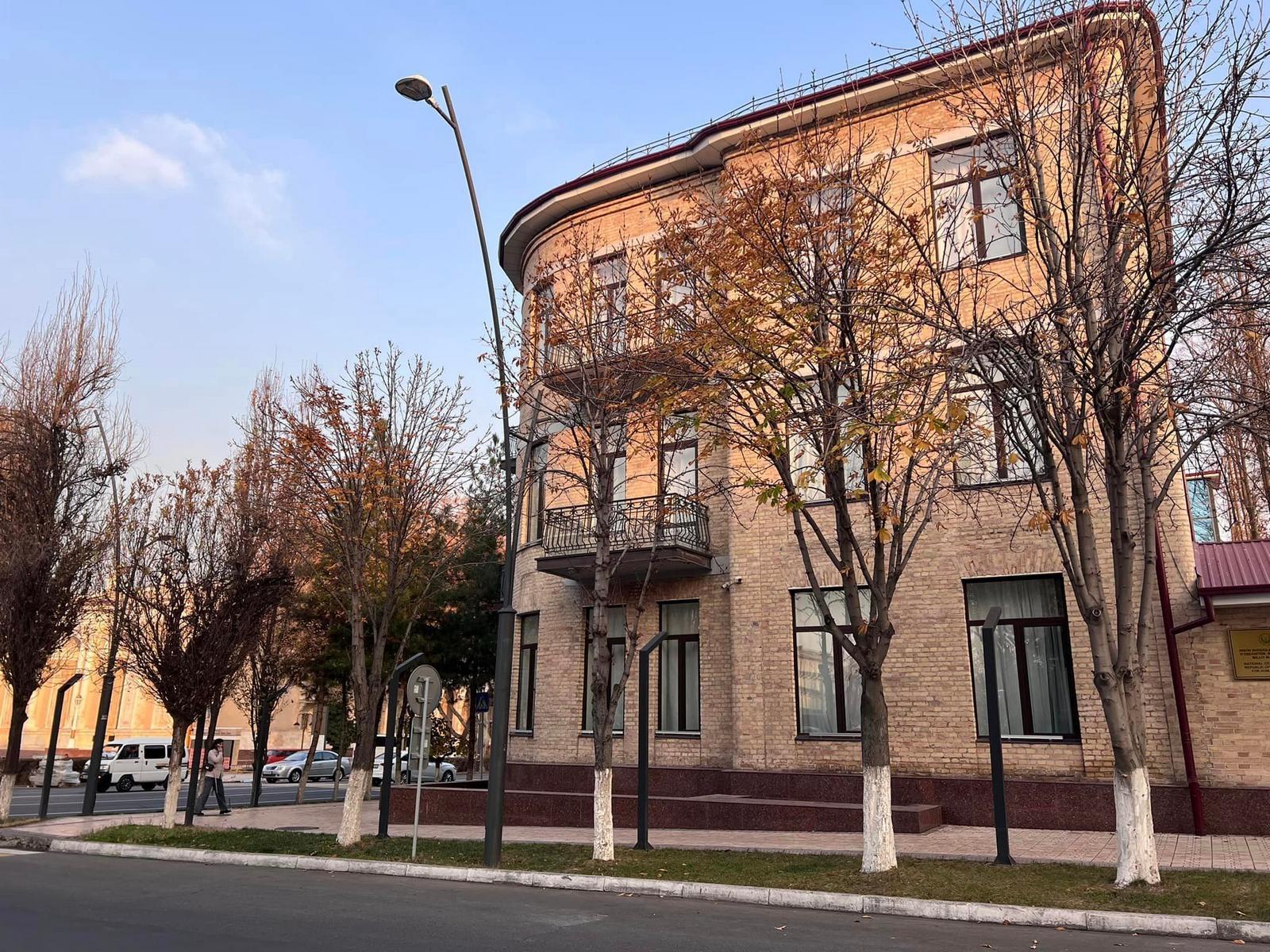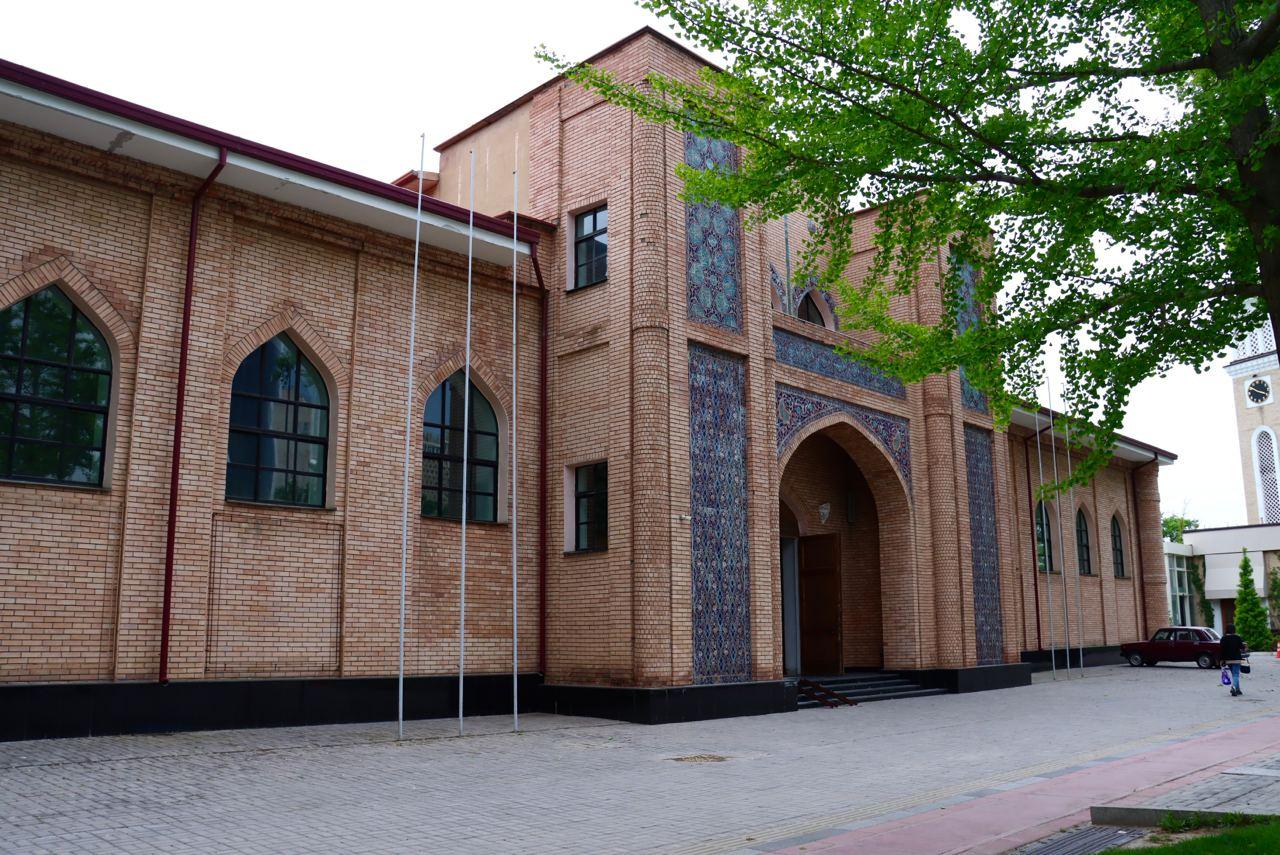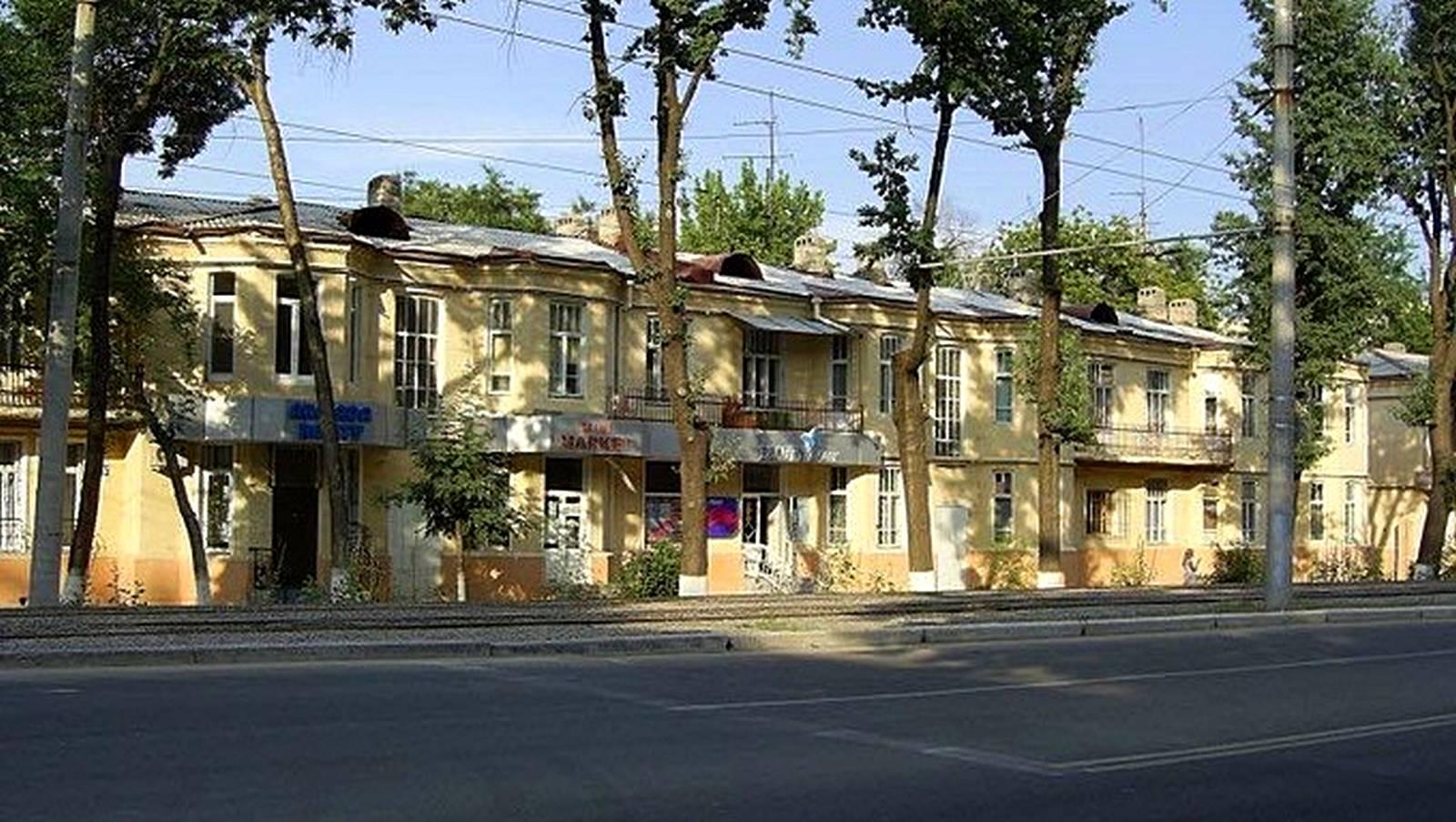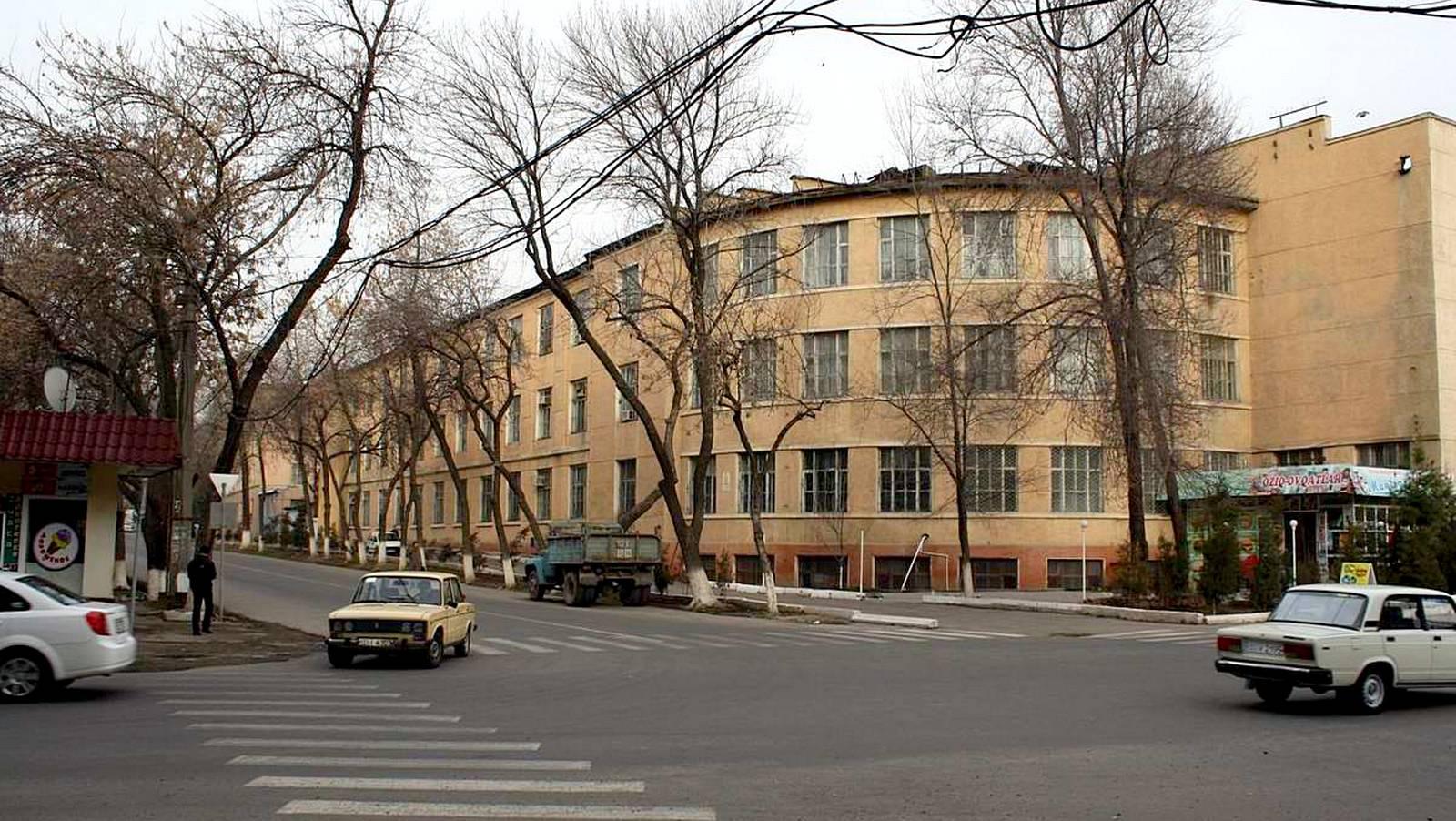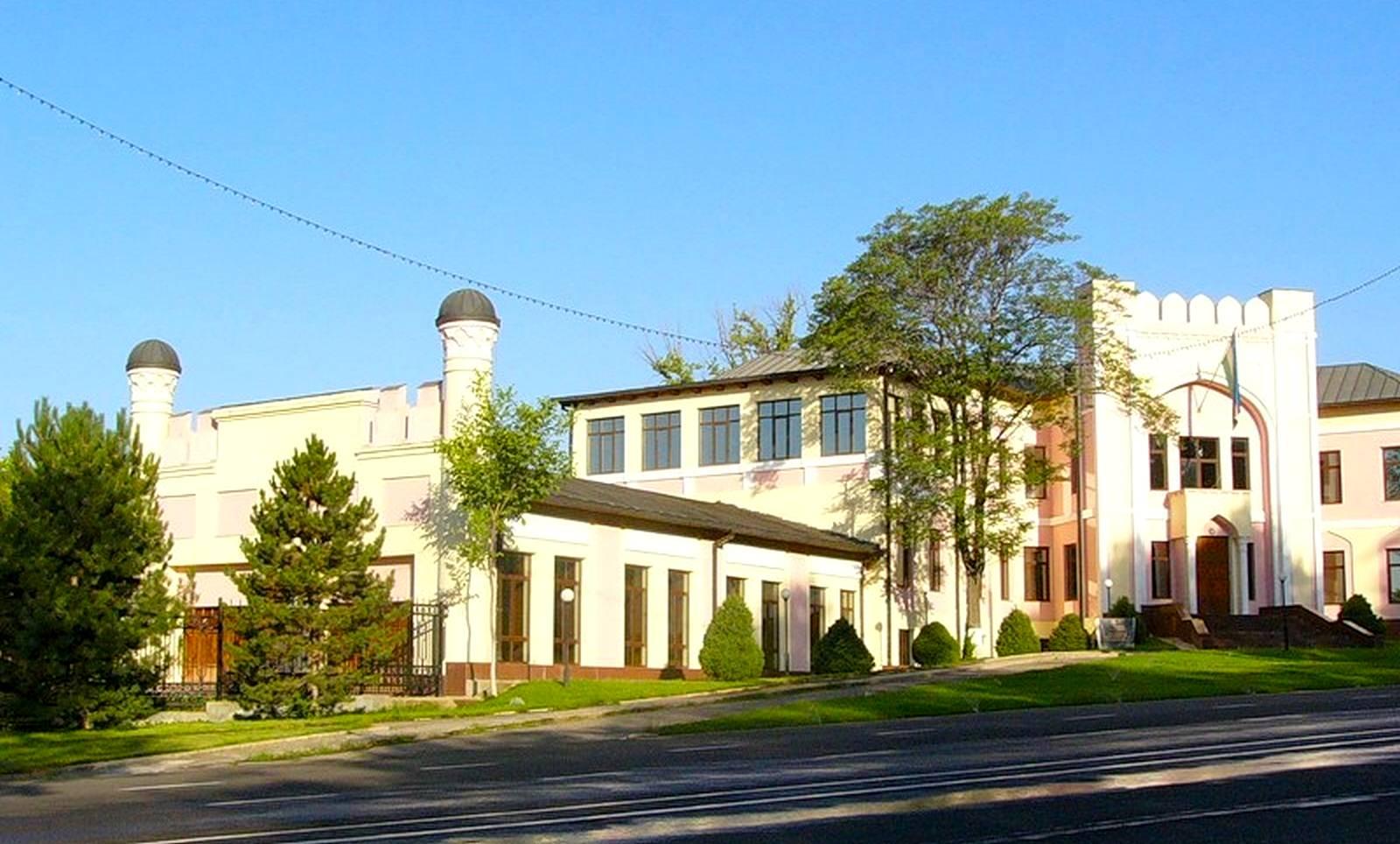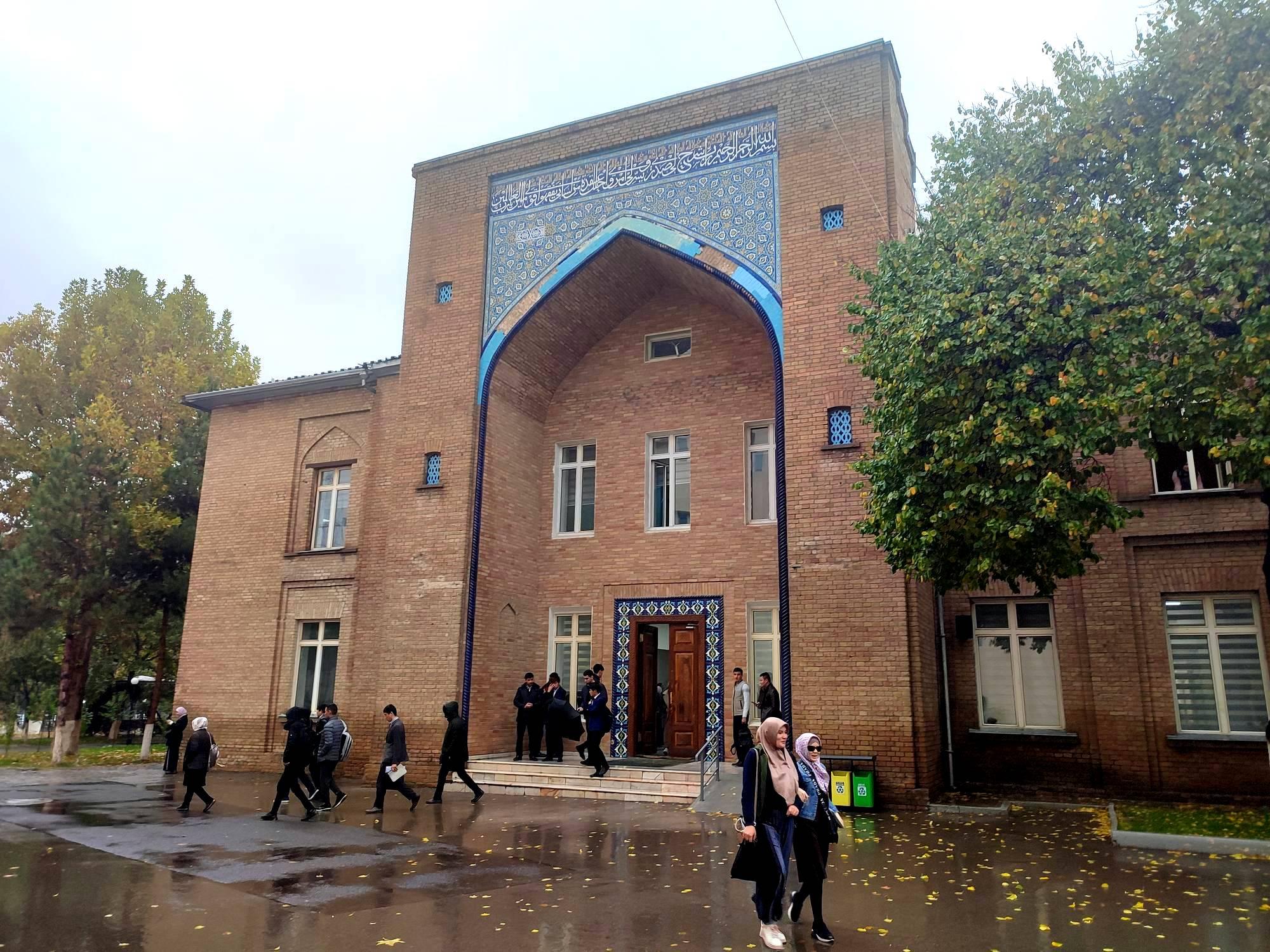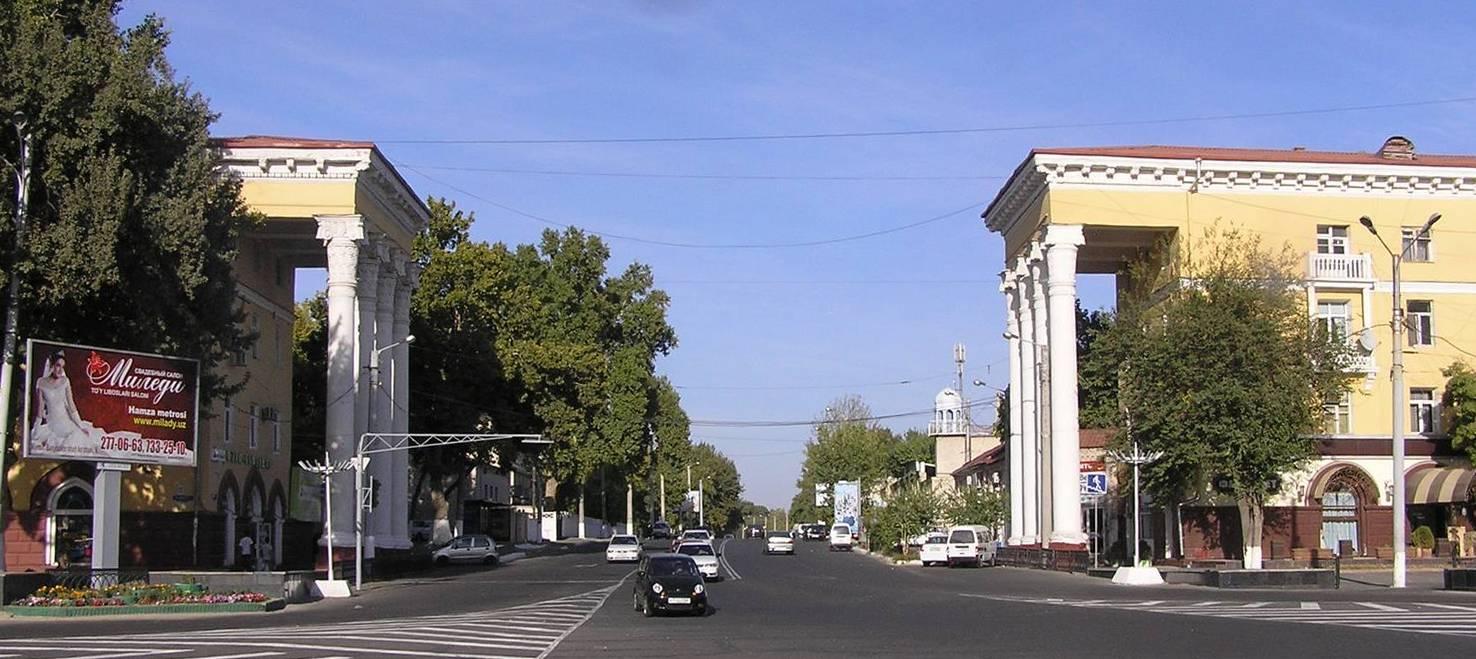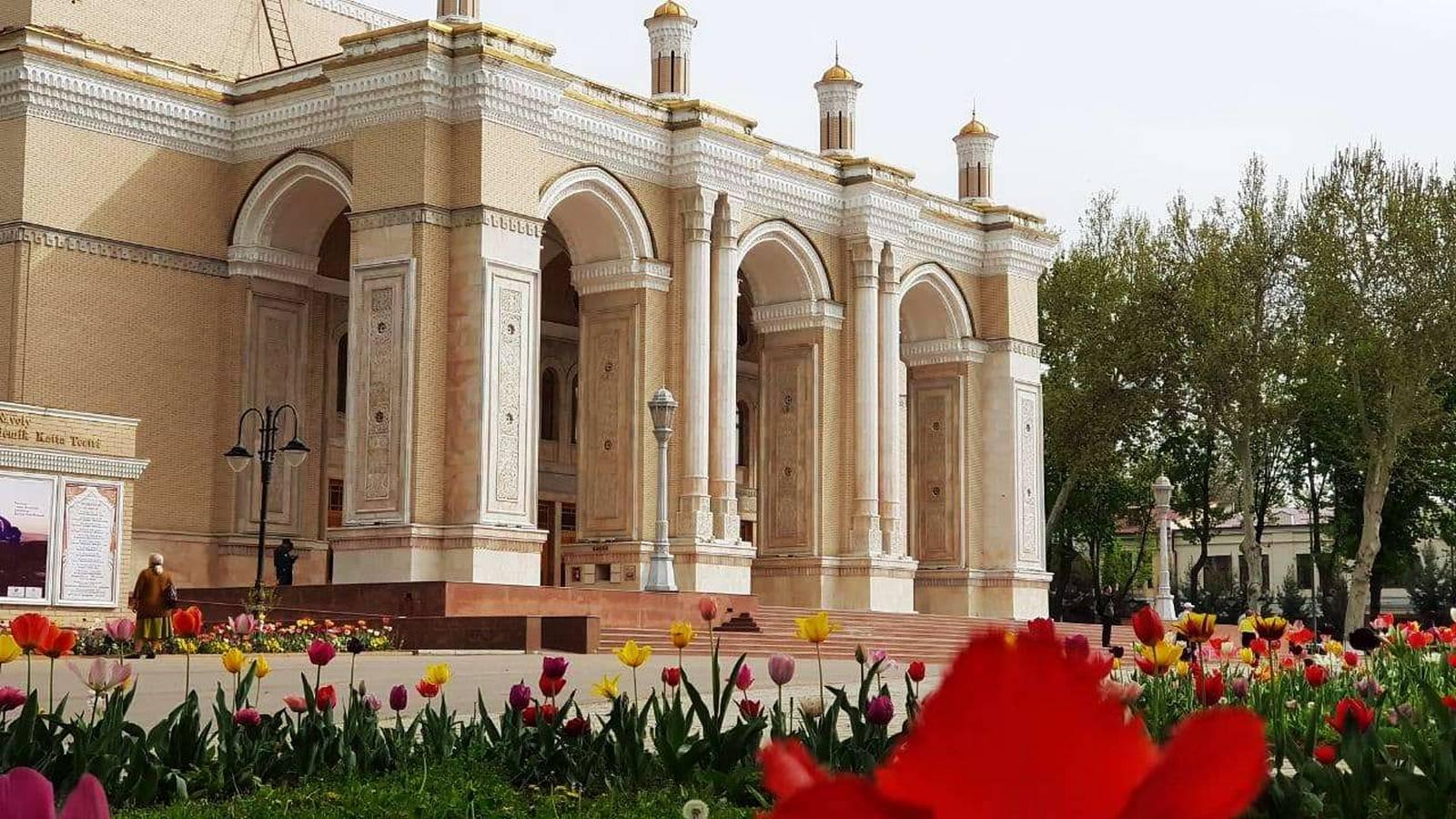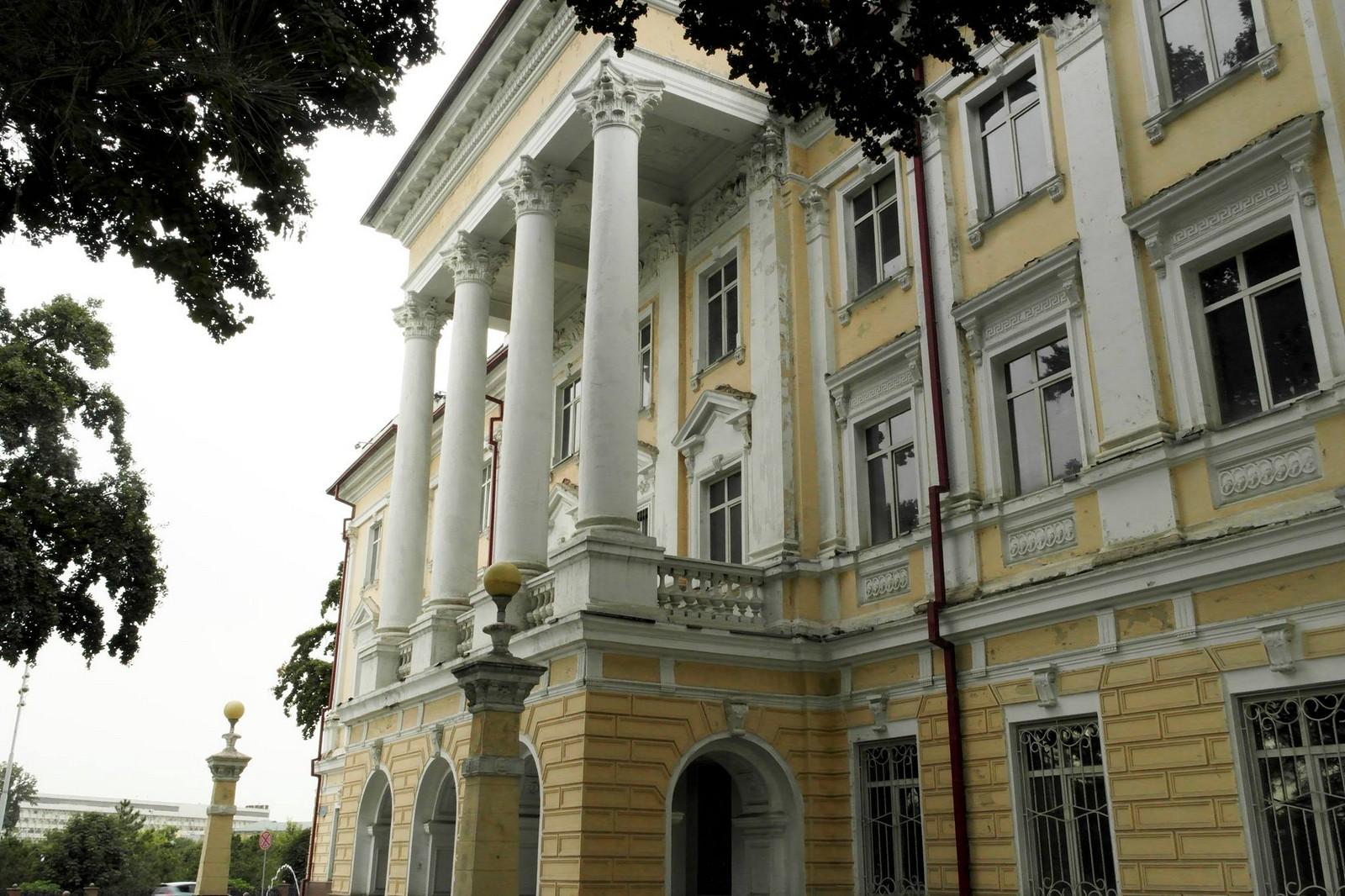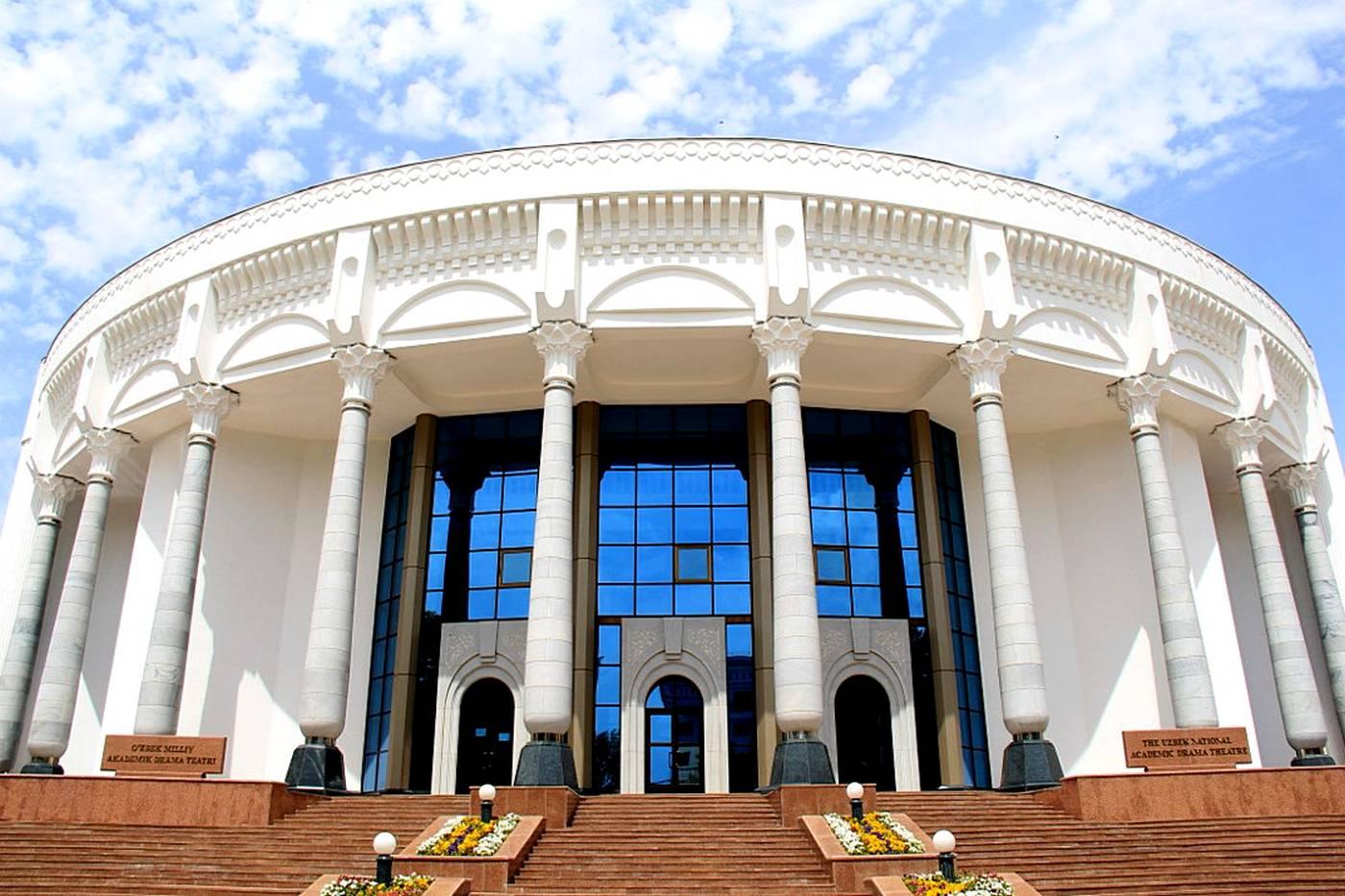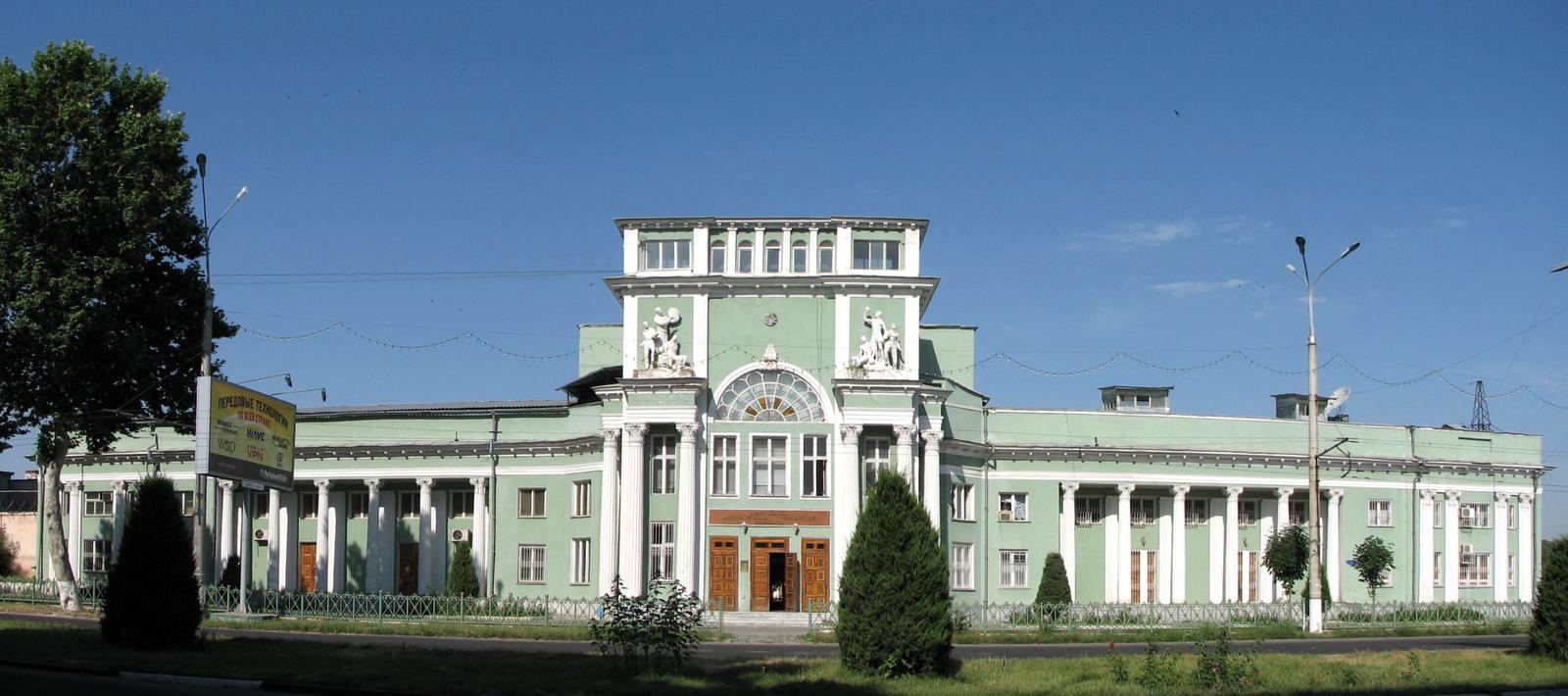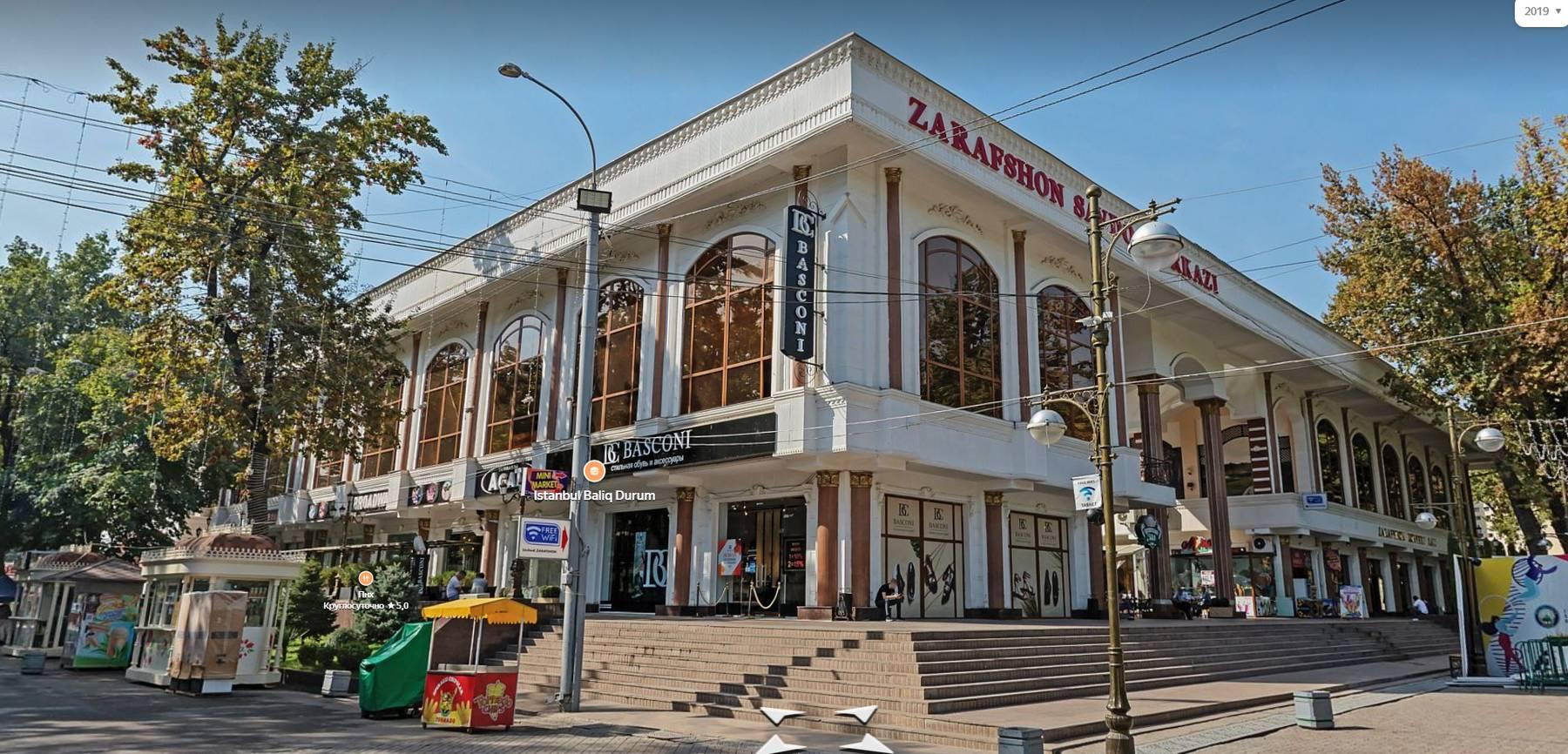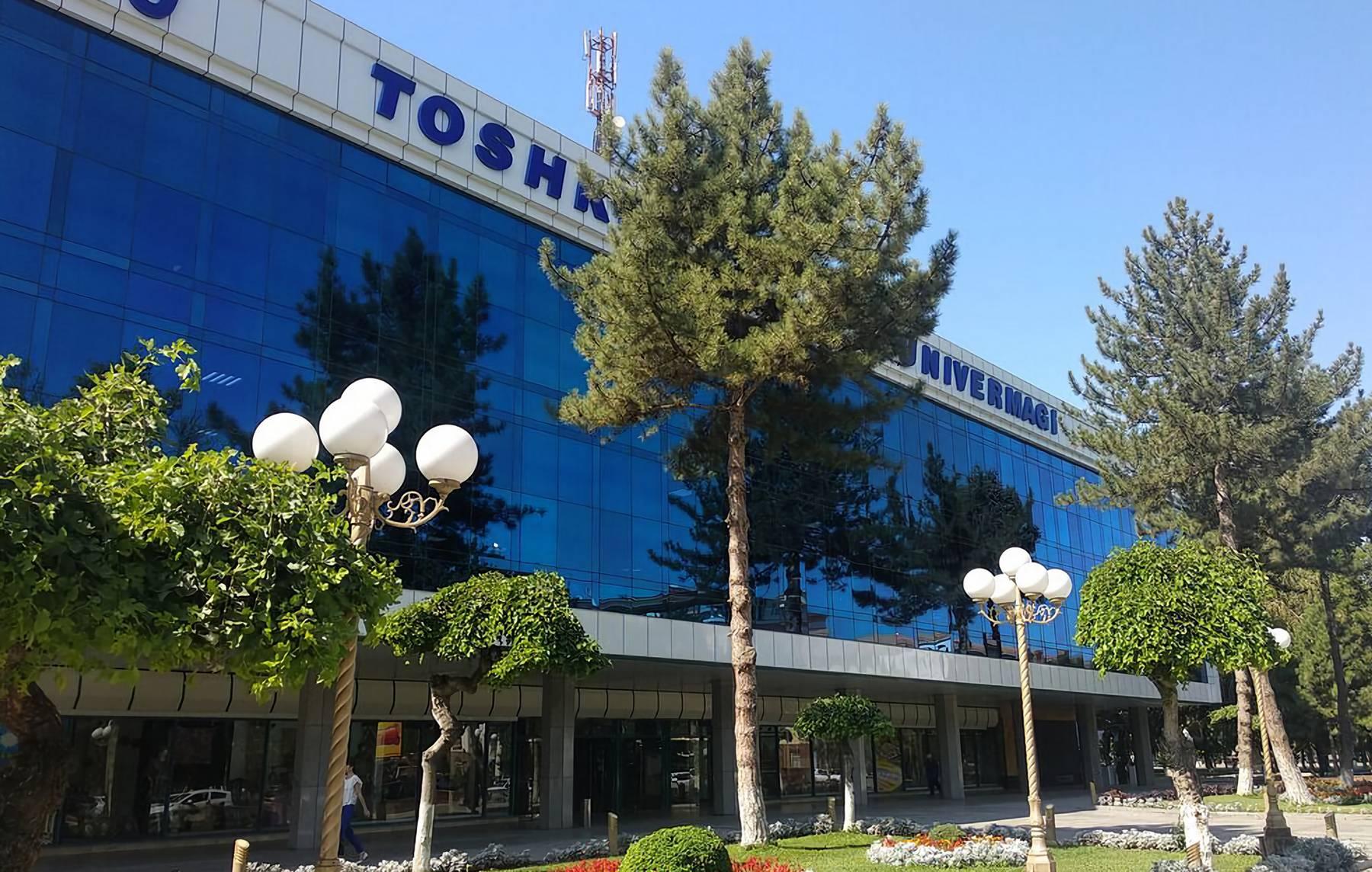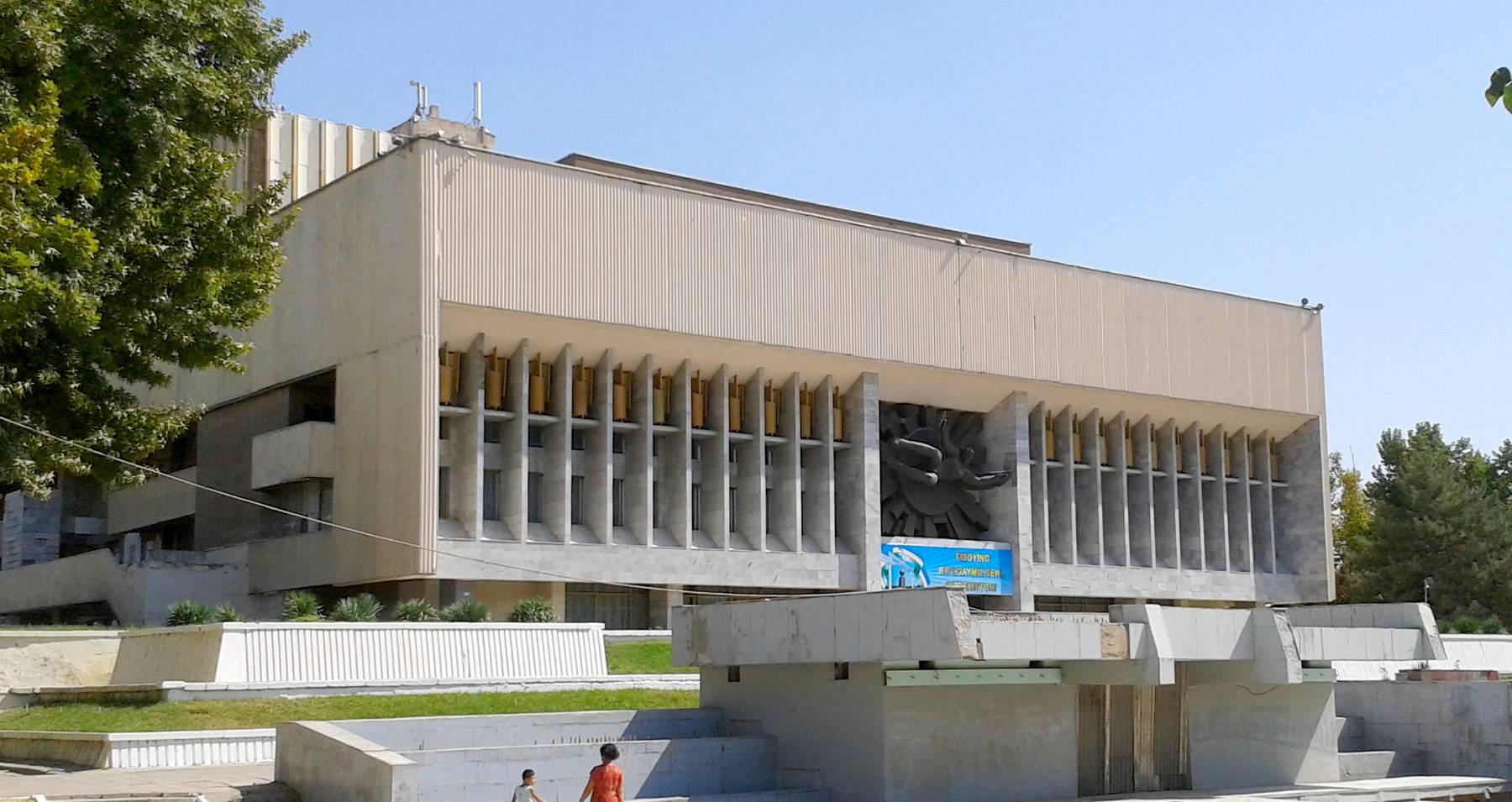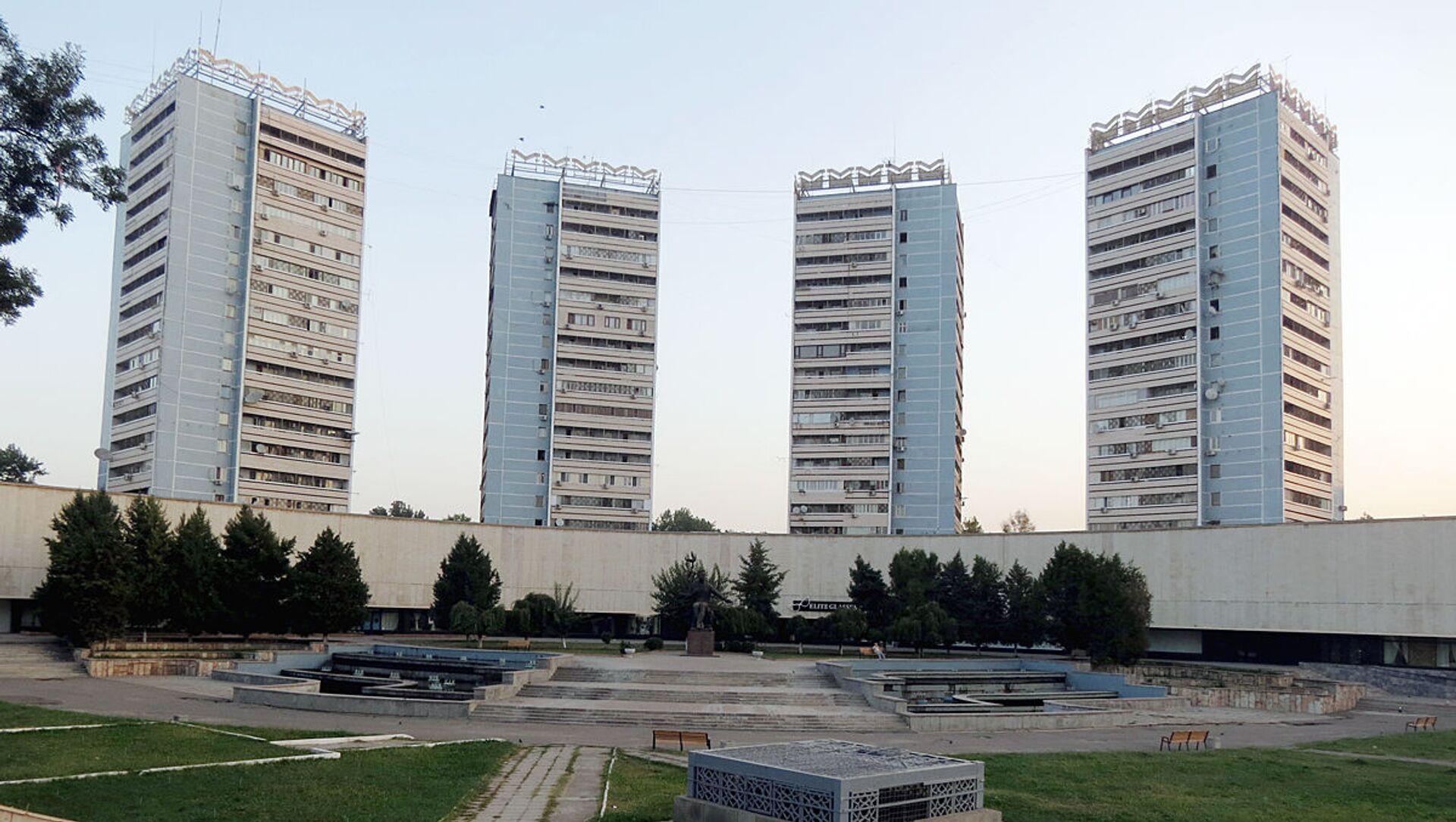Salom Tashkent
Tashkent – the capital of Uzbekistan – is one of the oldest cities located along the Great Silk Road from China to Europe. The first mentions of Tashkent as an urban settlement appeared in the 2nd century BC in Eastern sources. In Chinese chronicles, it was called Yuni; in the records of the Persian king Shapur I, the Tashkent oasis was referred to as Chach. However, in some Chinese sources, this area is mentioned as Shi, while the Arabs called it Shash.
According to Beruni and Mahmud al-Kashgari, the name Tashkent first appeared in Turkish documents of the 9th-12th centuries. In 15th-century Russia, it was known as Tashkura. As early as ancient times, the advantageous geographical location and mild climate made Tashkent one of the key points along the Great Silk Road. As evidence of this assumption, Uzbek archaeologists have discovered the remains of the Shash-tepa settlement, located in the southern part of present-day Tashkent and supplied by the waters of the Yuni River. Ruins of defensive walls were found here, surrounded by the remnants of buildings made of mud brick.
The citadel’s outer defensive wall included an underground corridor and was designed with turreted projections built in accordance with the fortification technologies of its time. The main square of the Old City – Chorsu – appeared in the 9th century. Trade routes led to Chorsu from all the city gates, gradually turning into commercial streets. This square was Tashkent’s transport hub and main marketplace. The Kukeldash Madrasah, located here, was built in the 16th century. Today, the Chorsu district has been reconstructed. Now, this area hosts the GUM department store, the Central City Pharmacy, the Chorsu Hotel, and other modern buildings.
The neighborhoods (mahallas) surrounding the square and the trade rows, like in the old times, are named after the people and craftsmen living there. For example, the Padarkush mahalla in Shaykhantaur was previously called “Buzchi Mahalla,” meaning “weavers’ district” (now the Labzak neighborhood). Nearby were other mahallas: to the north - Arka-Kucha, to the south - Dukchi, Zandjyrlyk, to the west - Pushtibagh, to the east - Kudukbashi. The Deraz or Degroz mahalla can be translated as the “founders’ district.” There were 20 foundry workshops here. Not far away, in Sebzar, was the Ohanguzar mahalla, meaning “blacksmiths’ district,” and there were many blacksmiths in this area.
The Tokli Jaloq mahalla got its name because many livestock traders lived here. Since Tashkent was a city of wealthy merchants and craftsmen, most of its major architectural structures were represented by caravanserais, mosques, and mausoleums. The oldest buildings that have survived to this day are mausoleums built along the trade routes in honor of righteous sheikhs.
These monuments of Tashkent’s history were not only places of worship, charity, and trade, but also beautiful landscapes that brightened long journeys on desert roads. About 10 such mausoleums have been preserved in Tashkent and along the roads leading to it.



